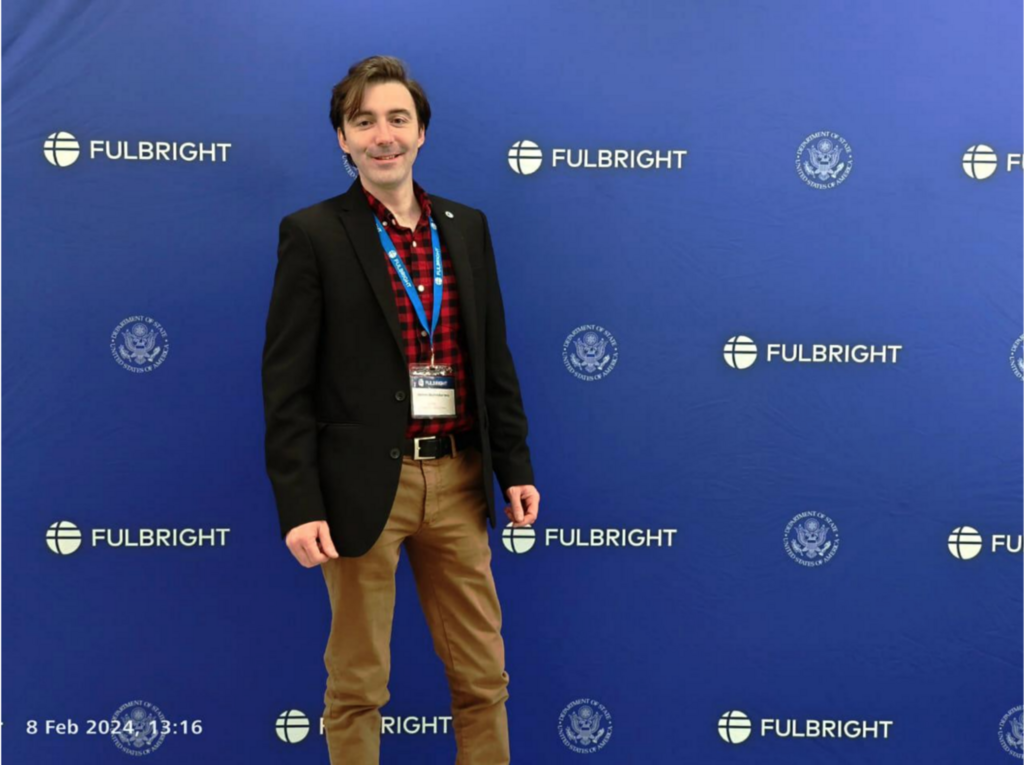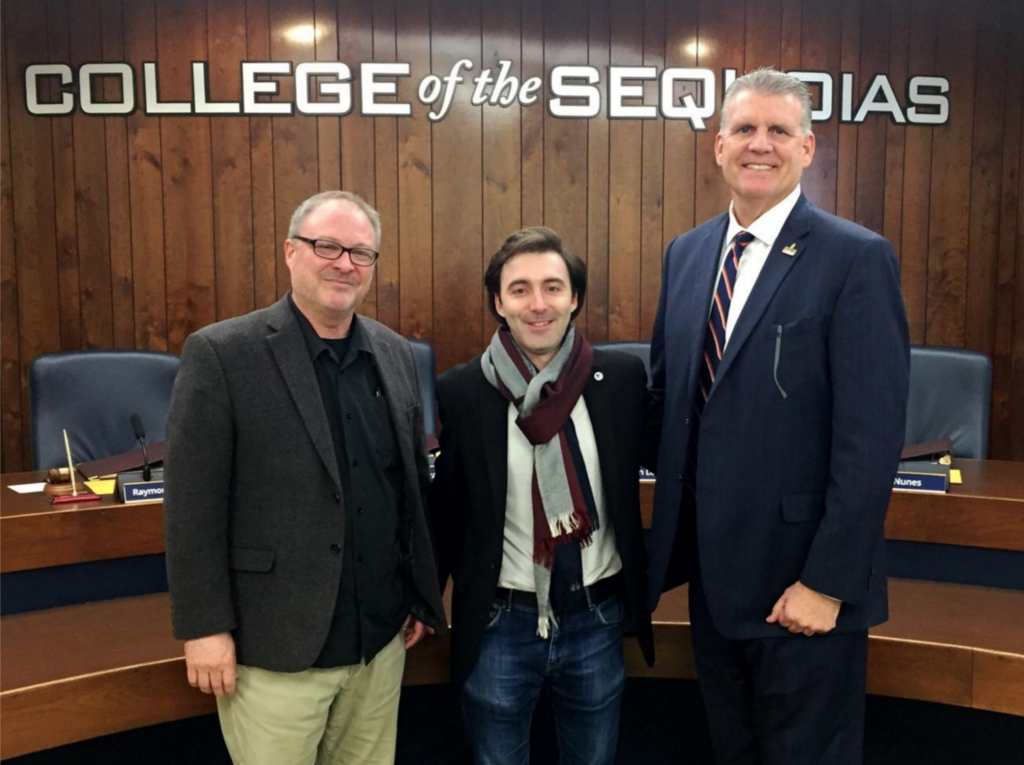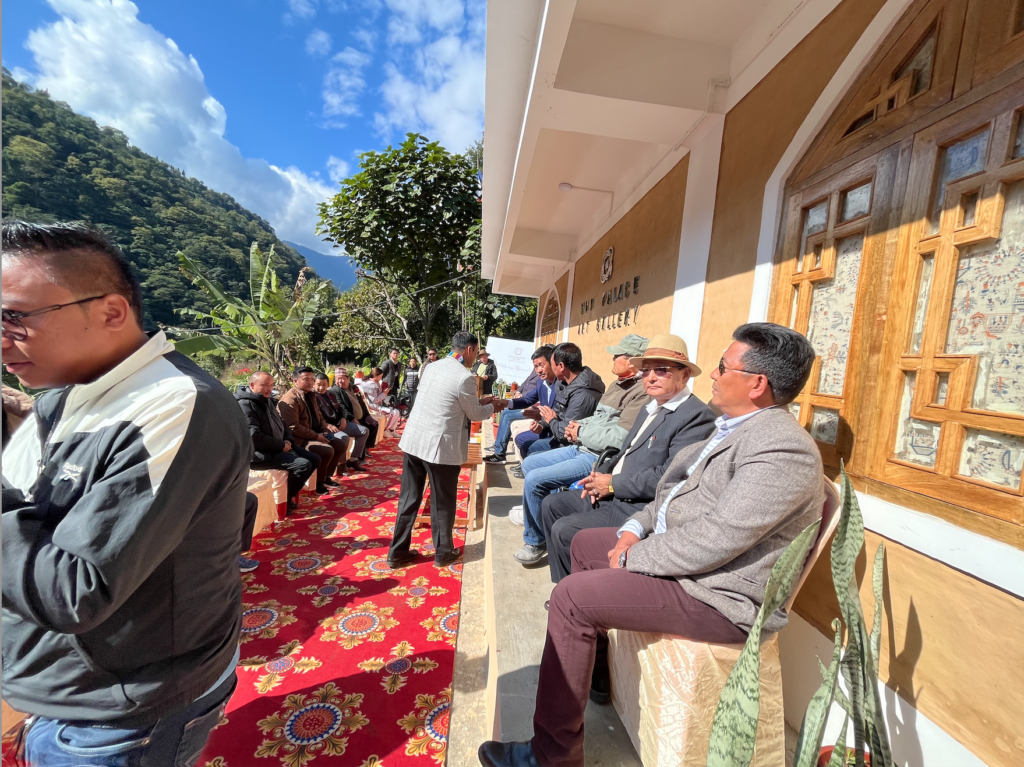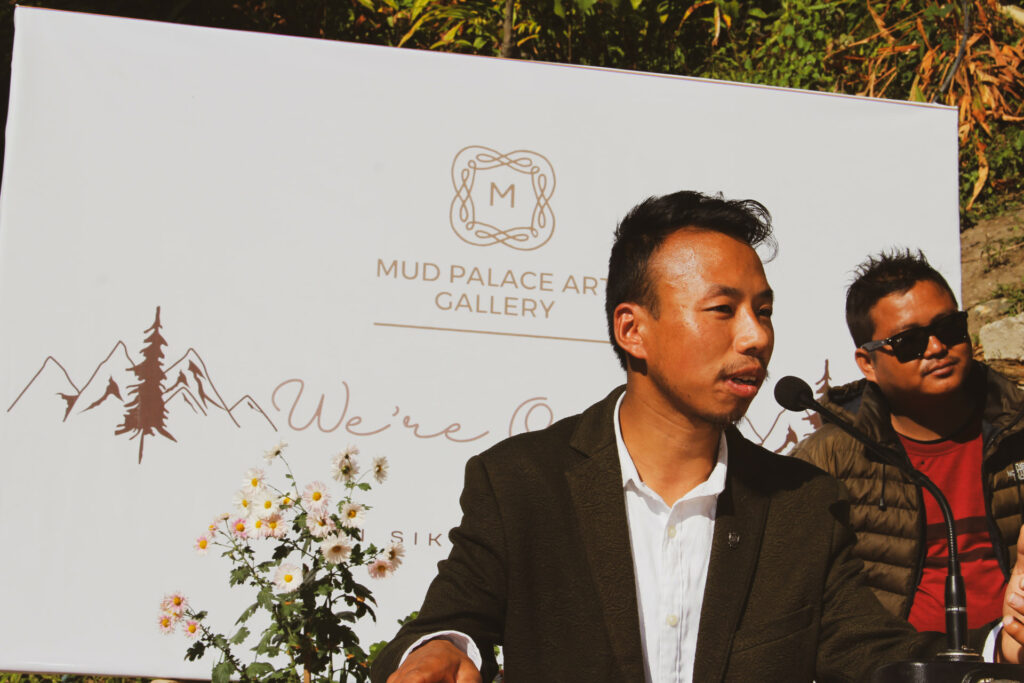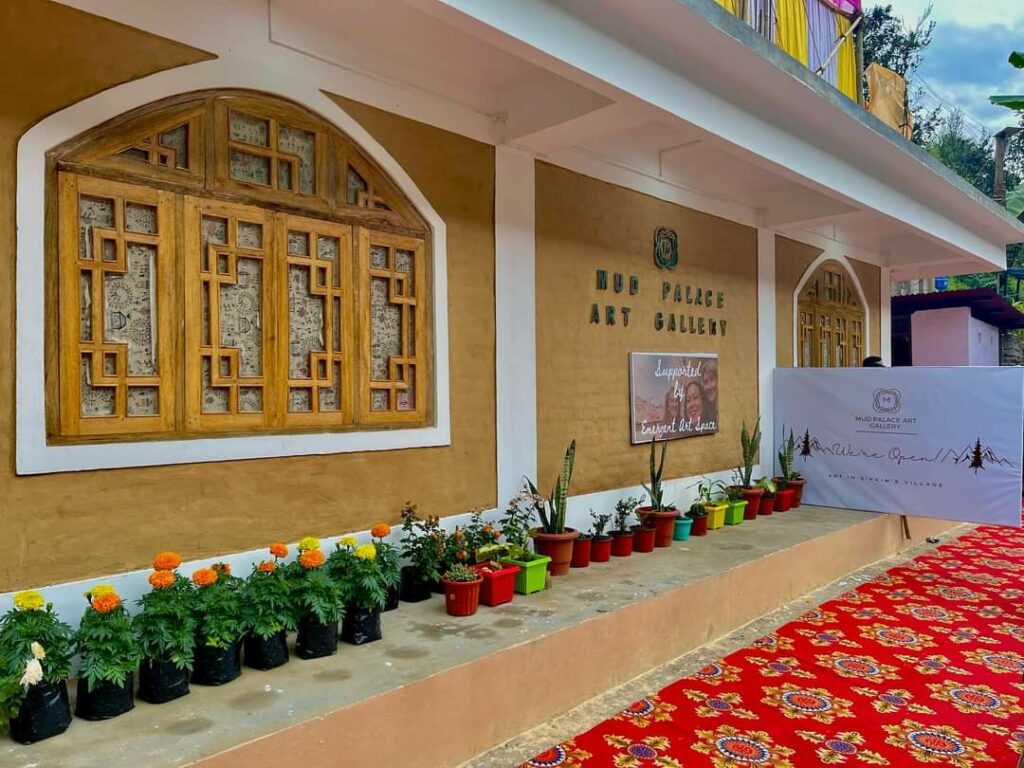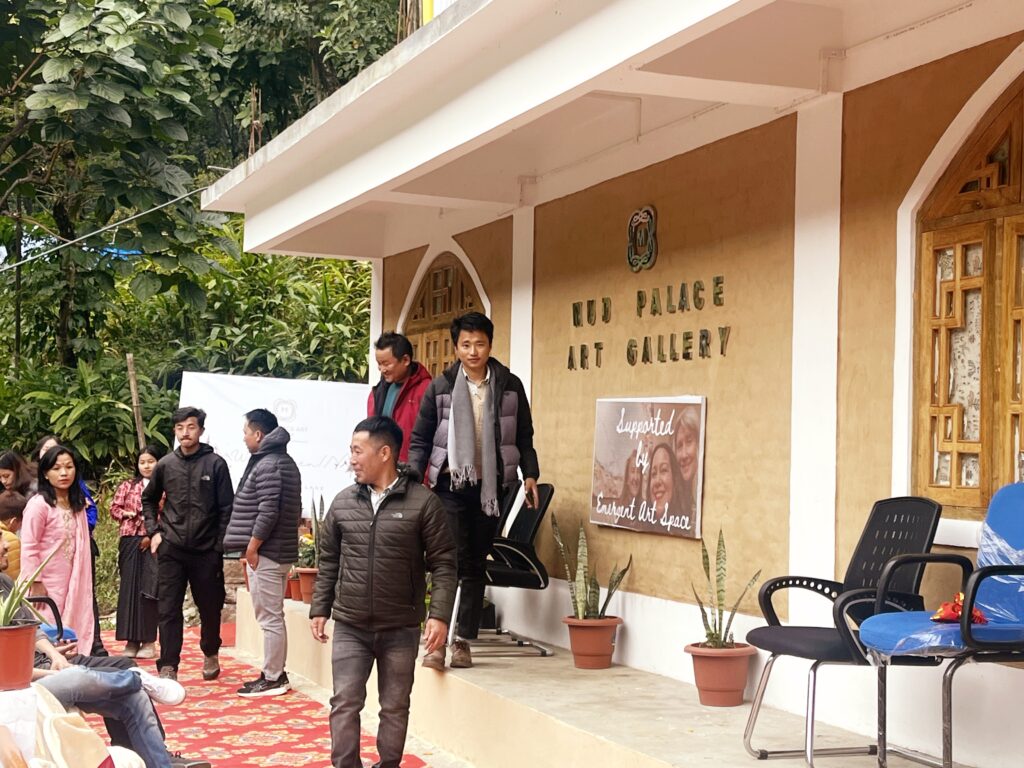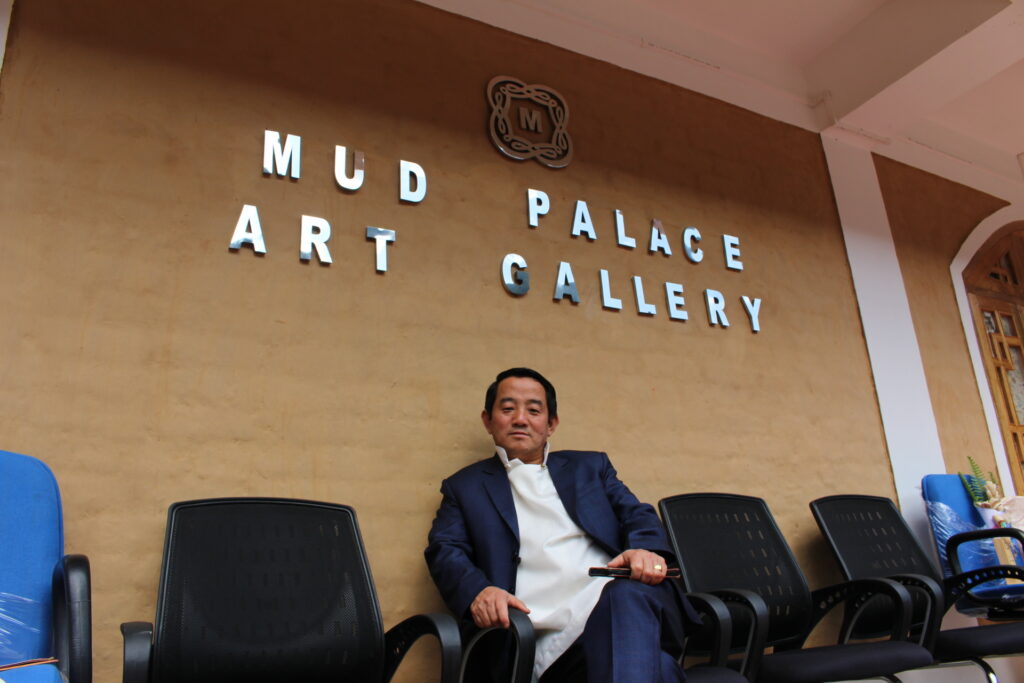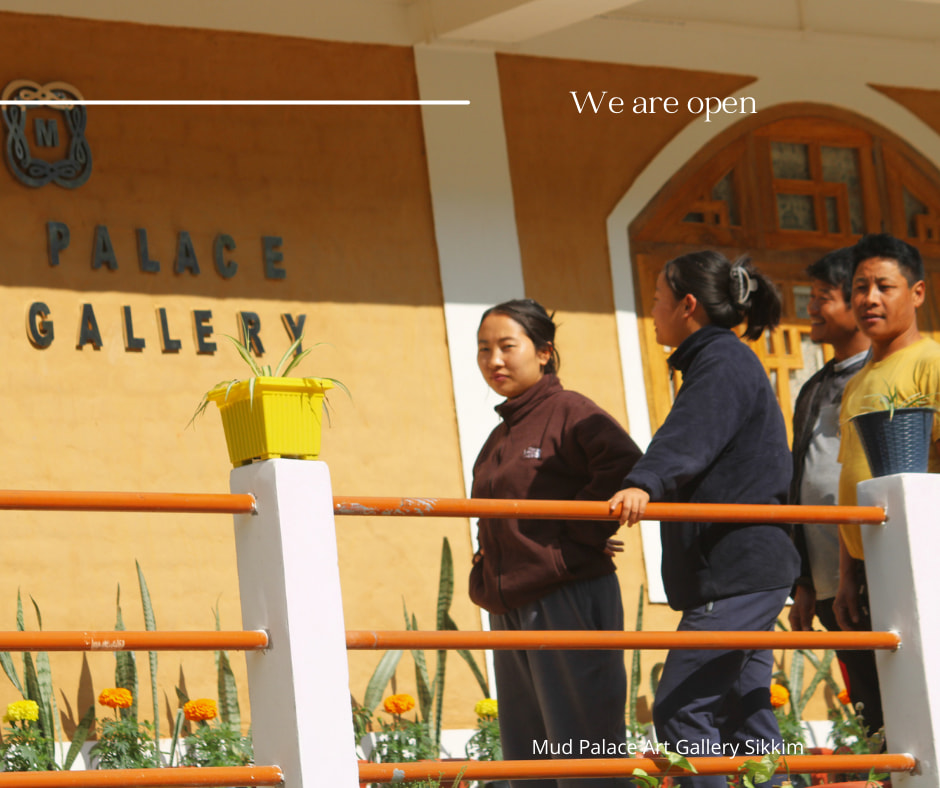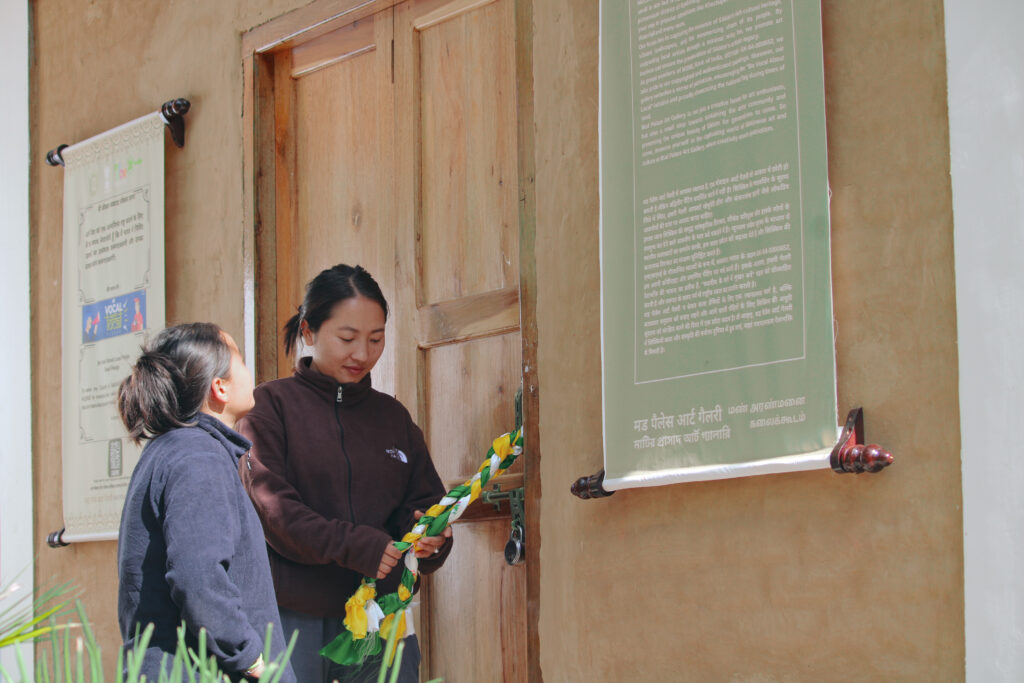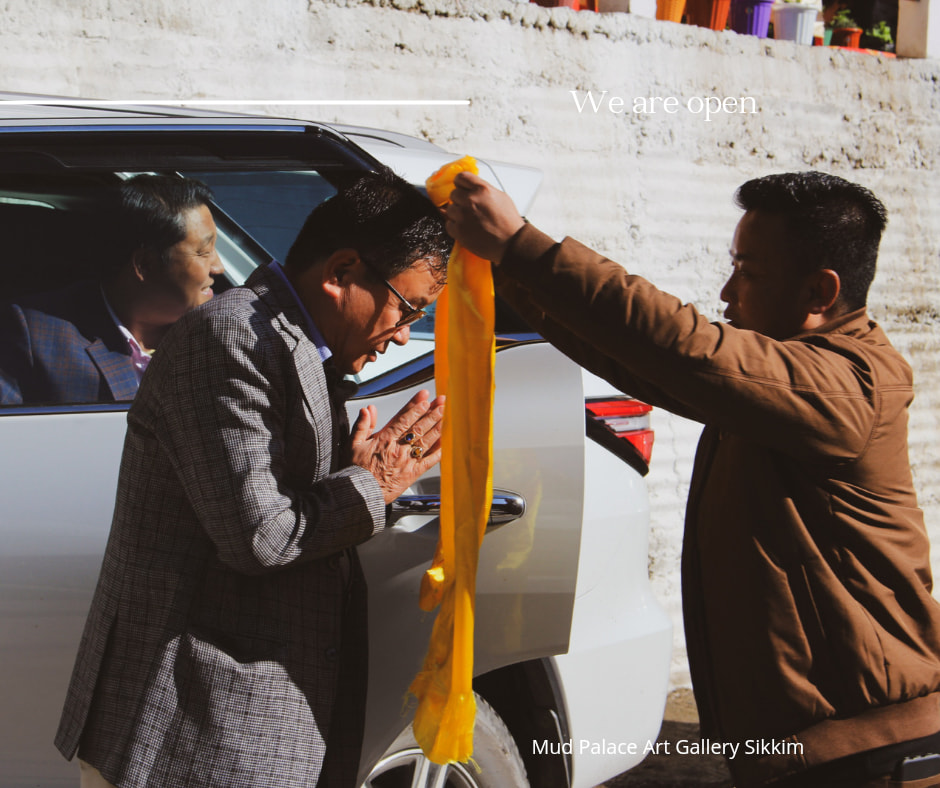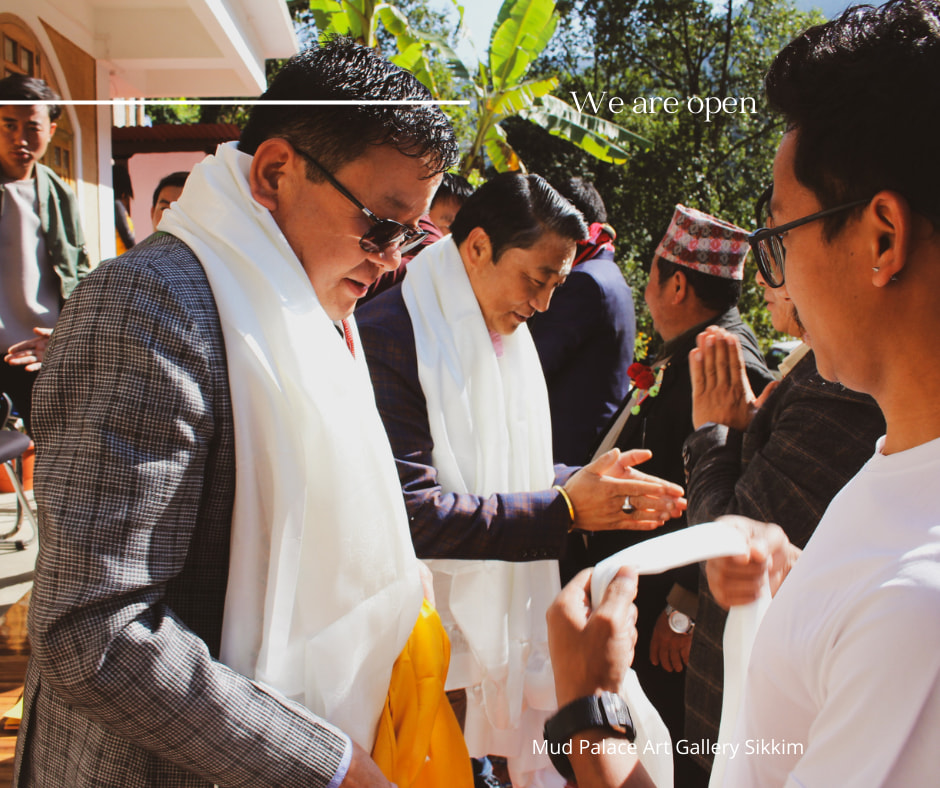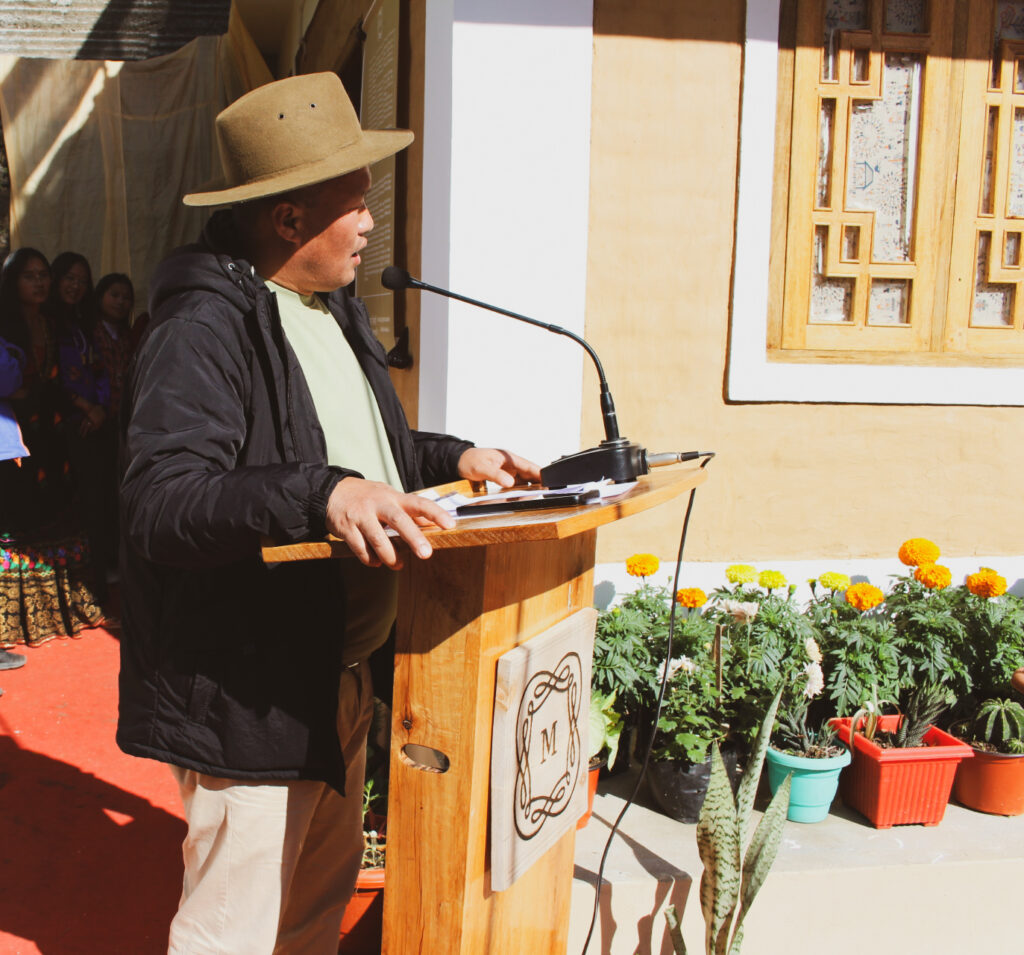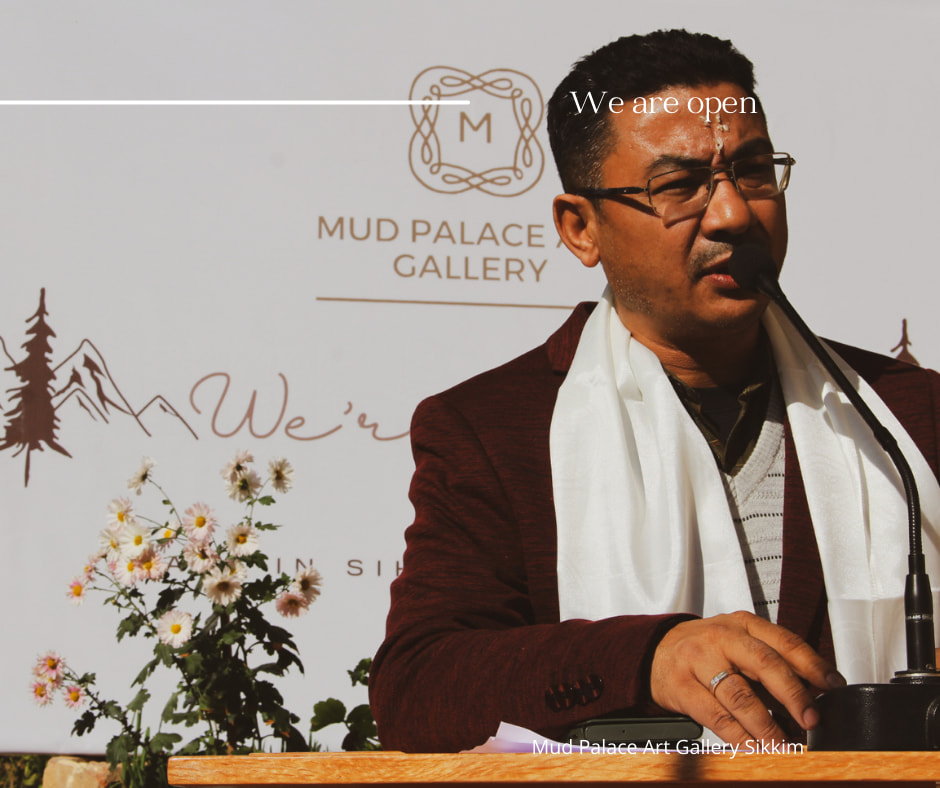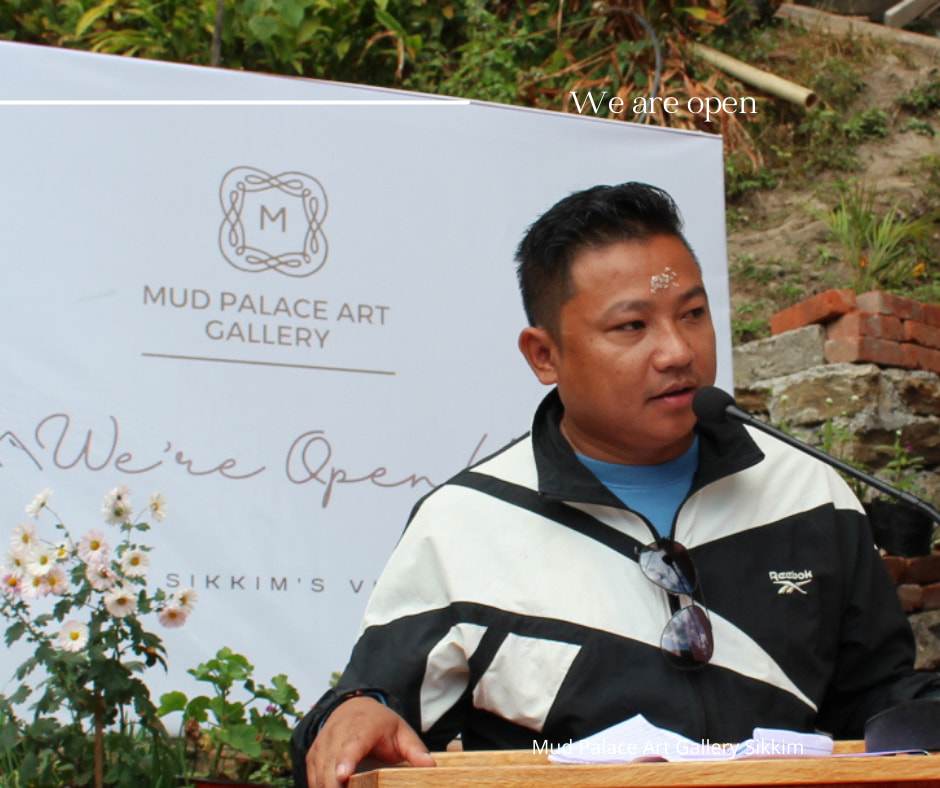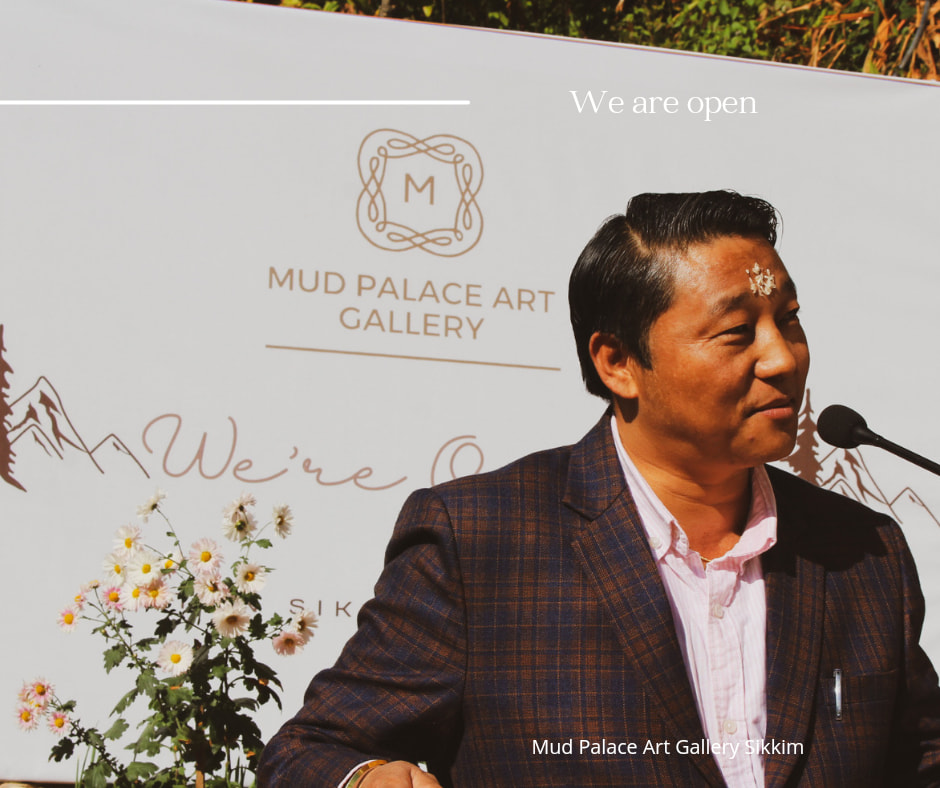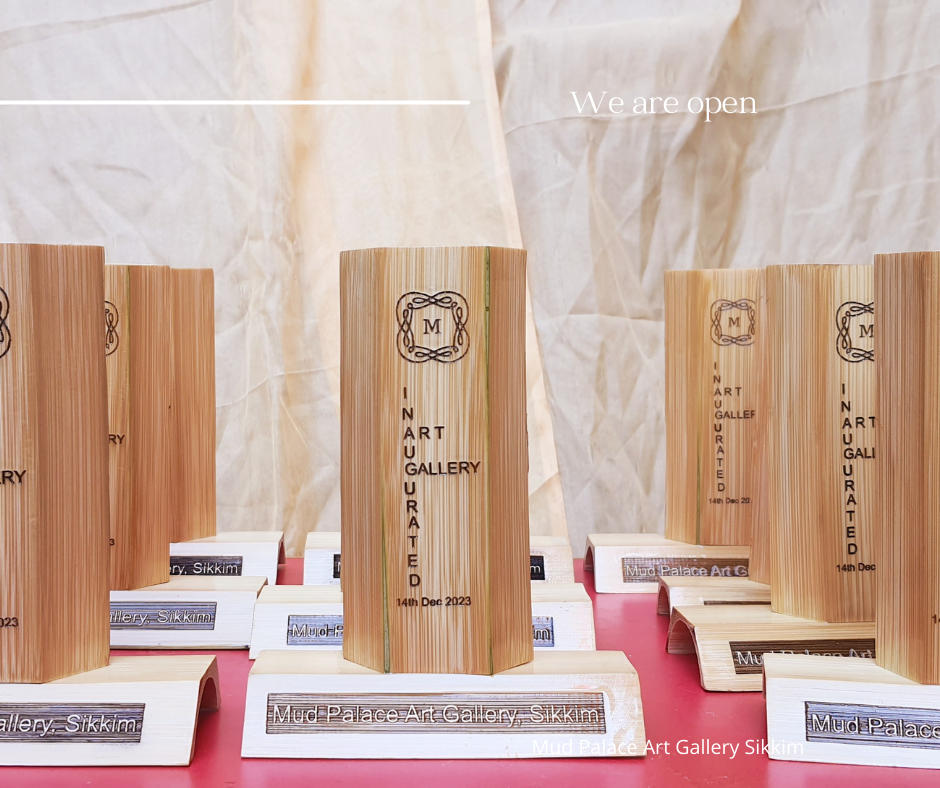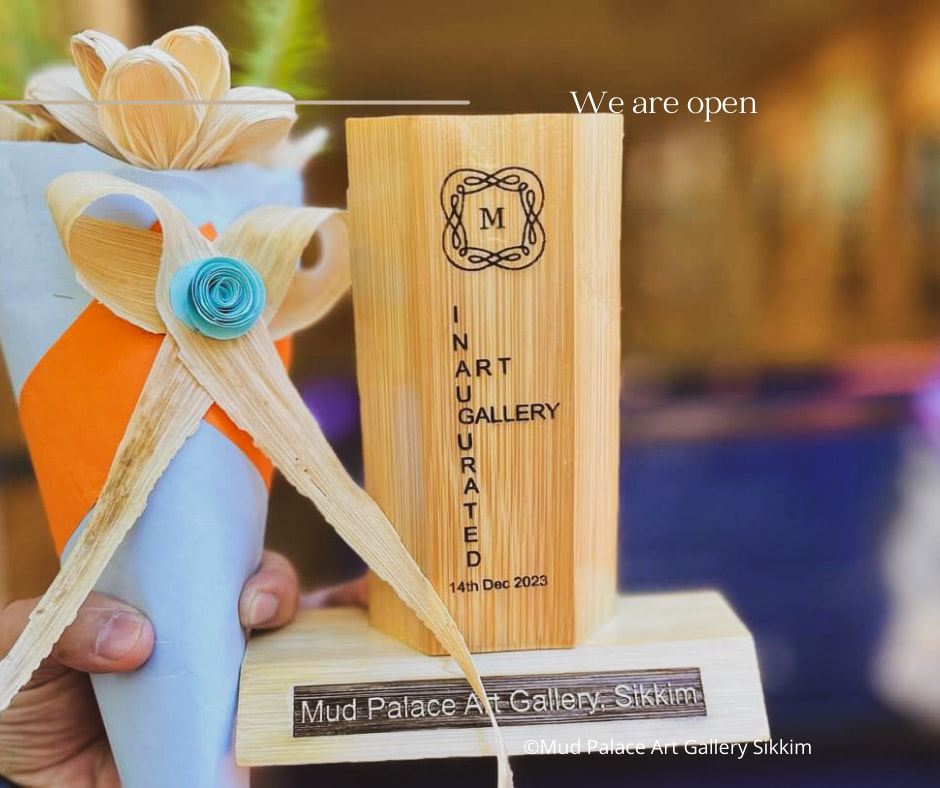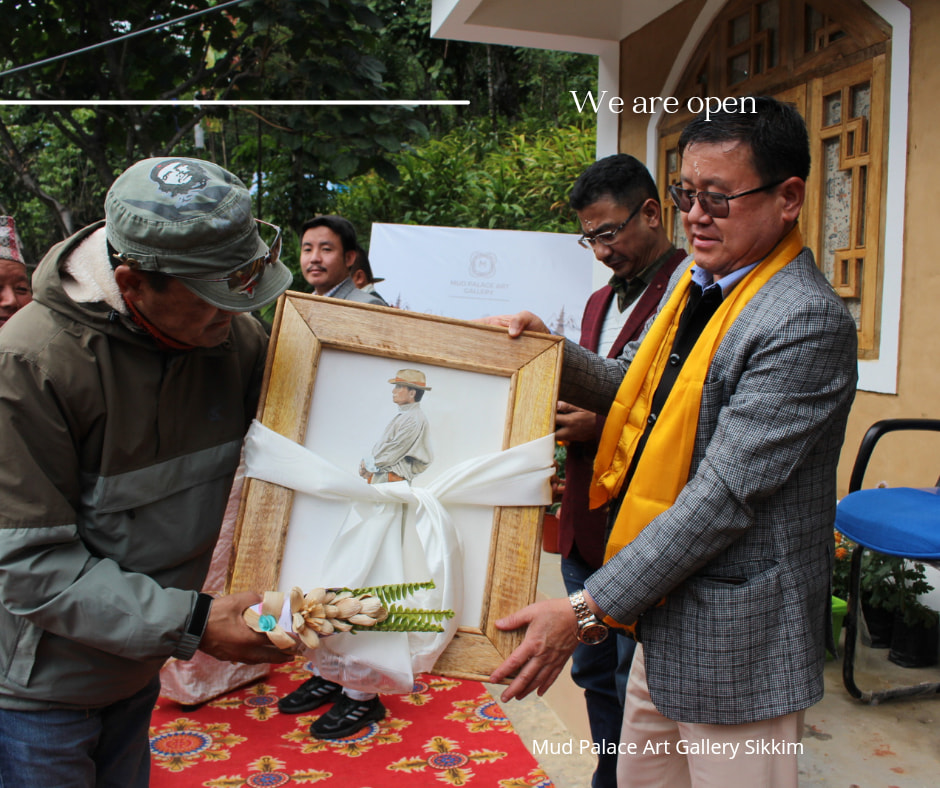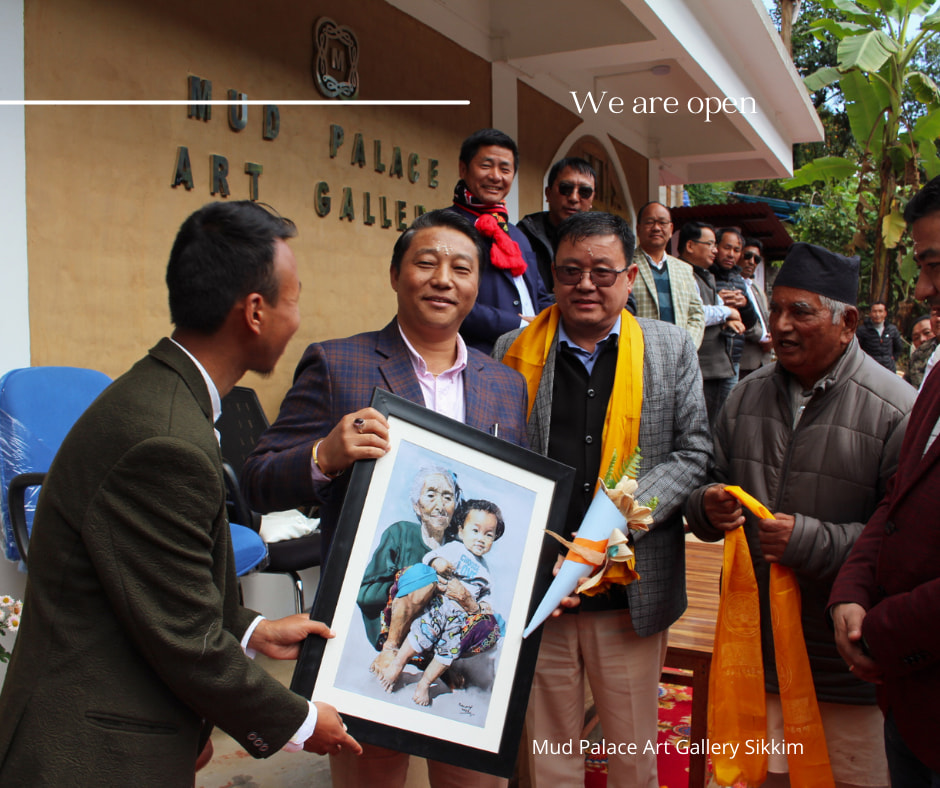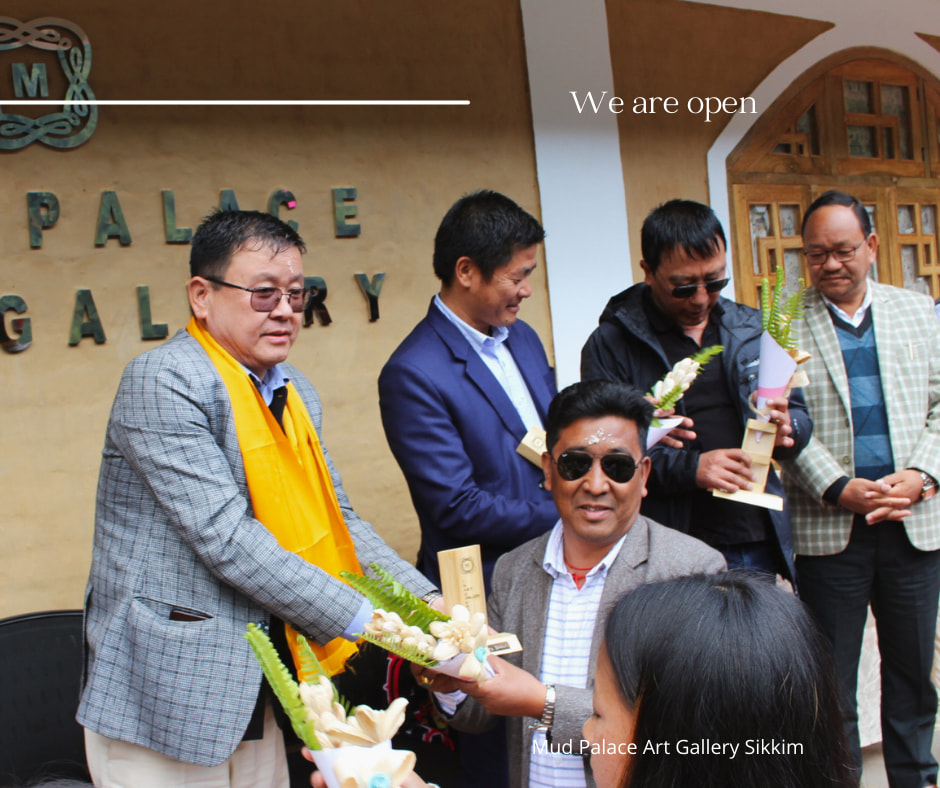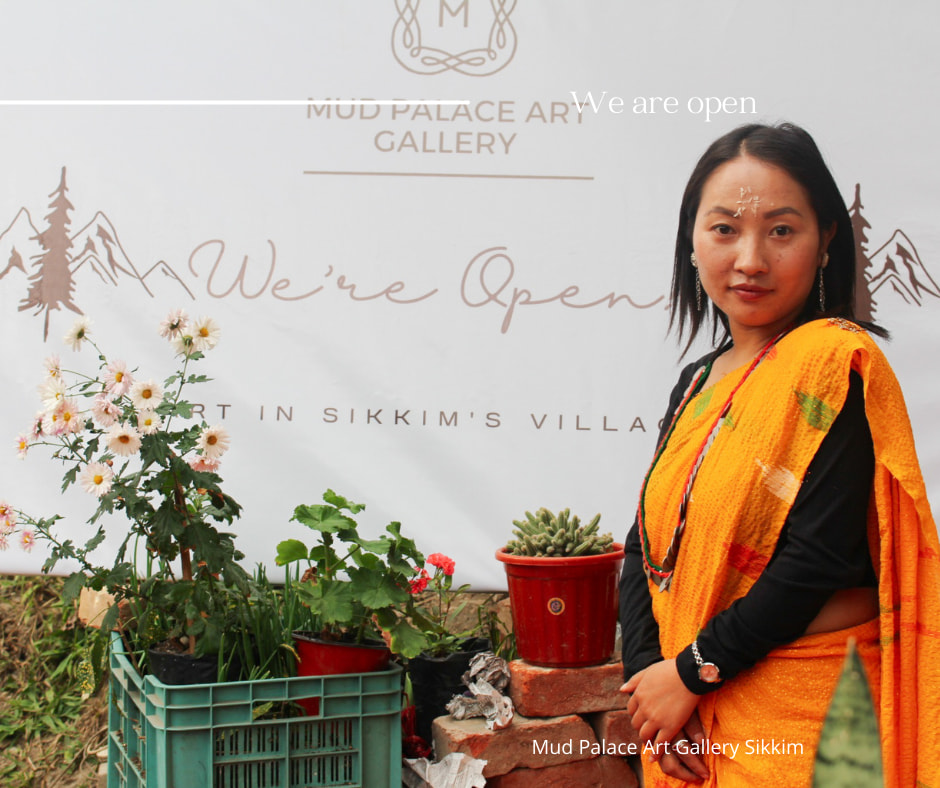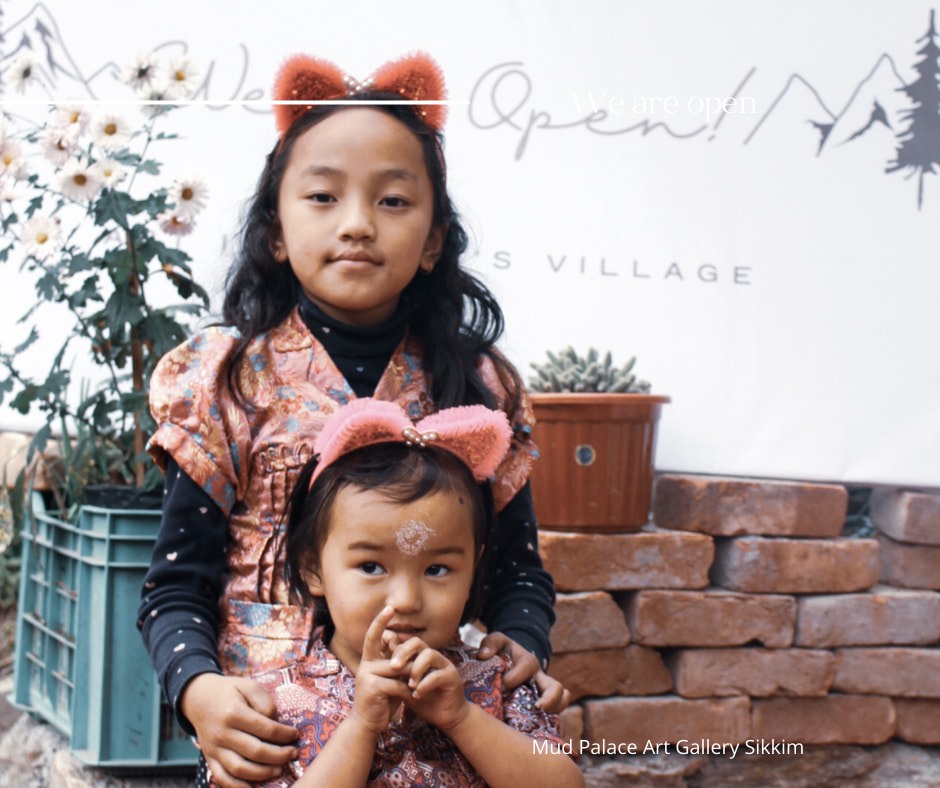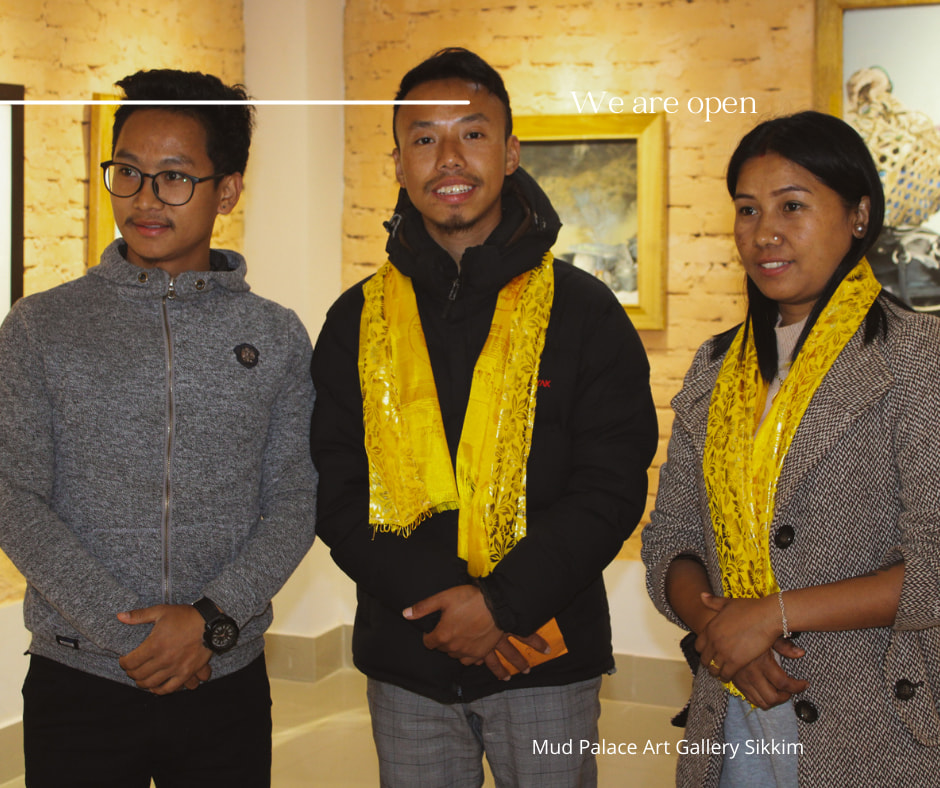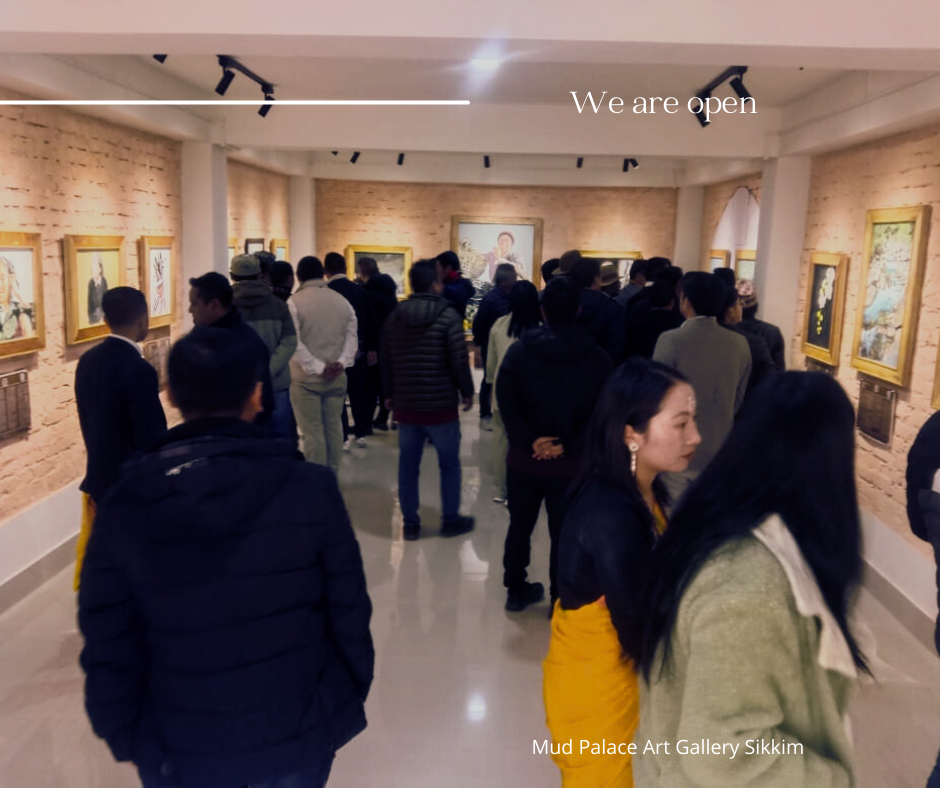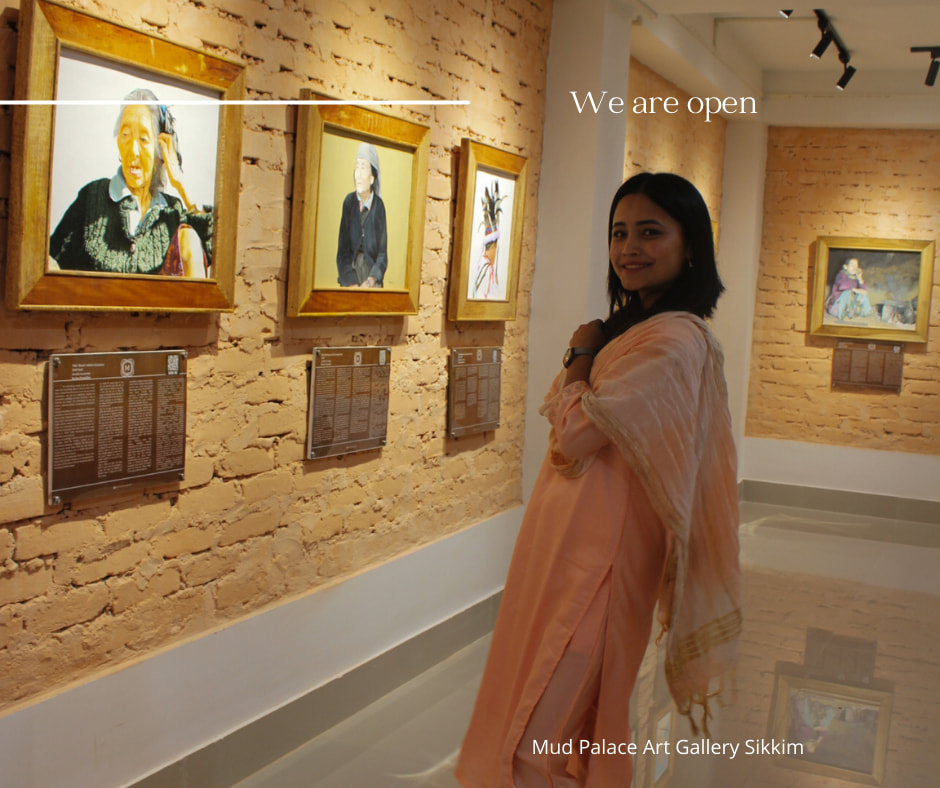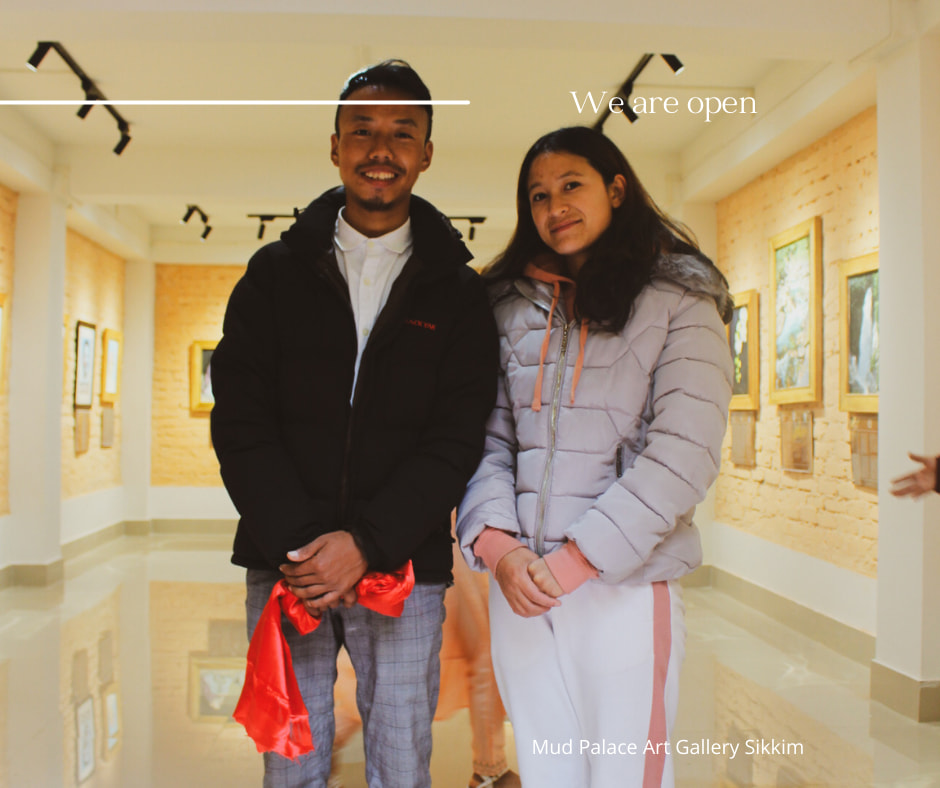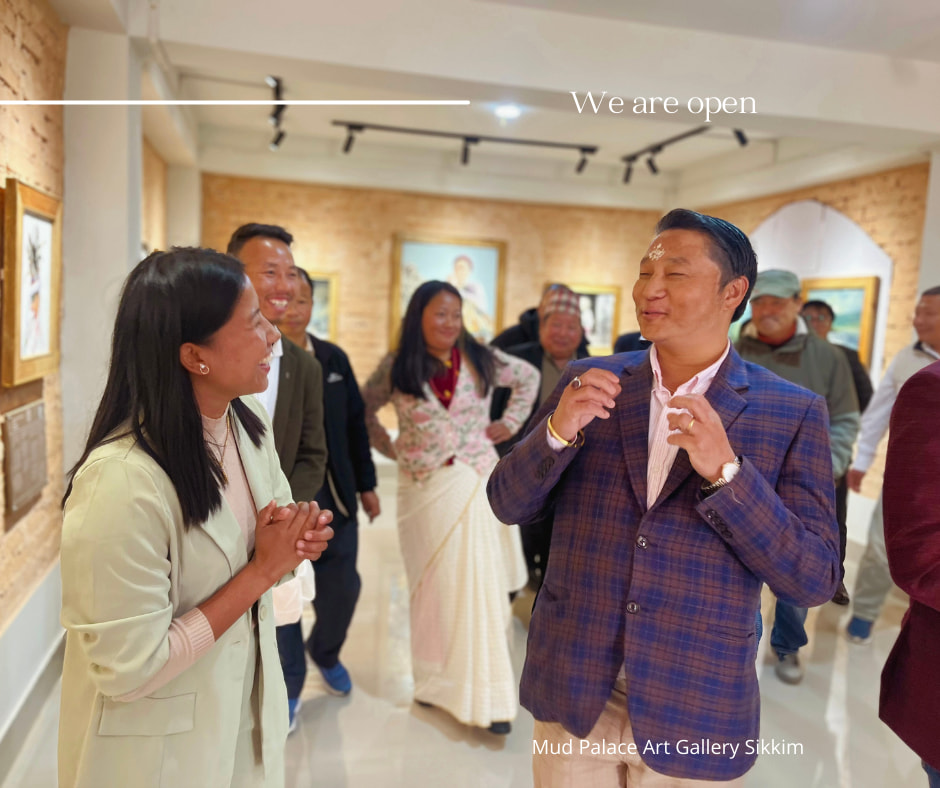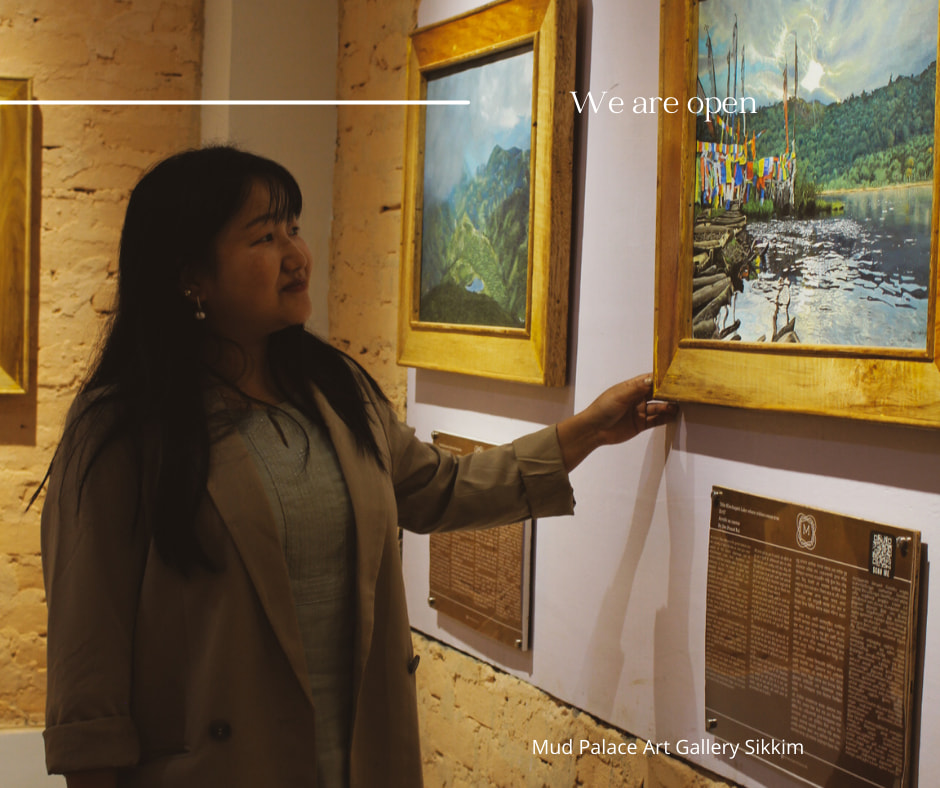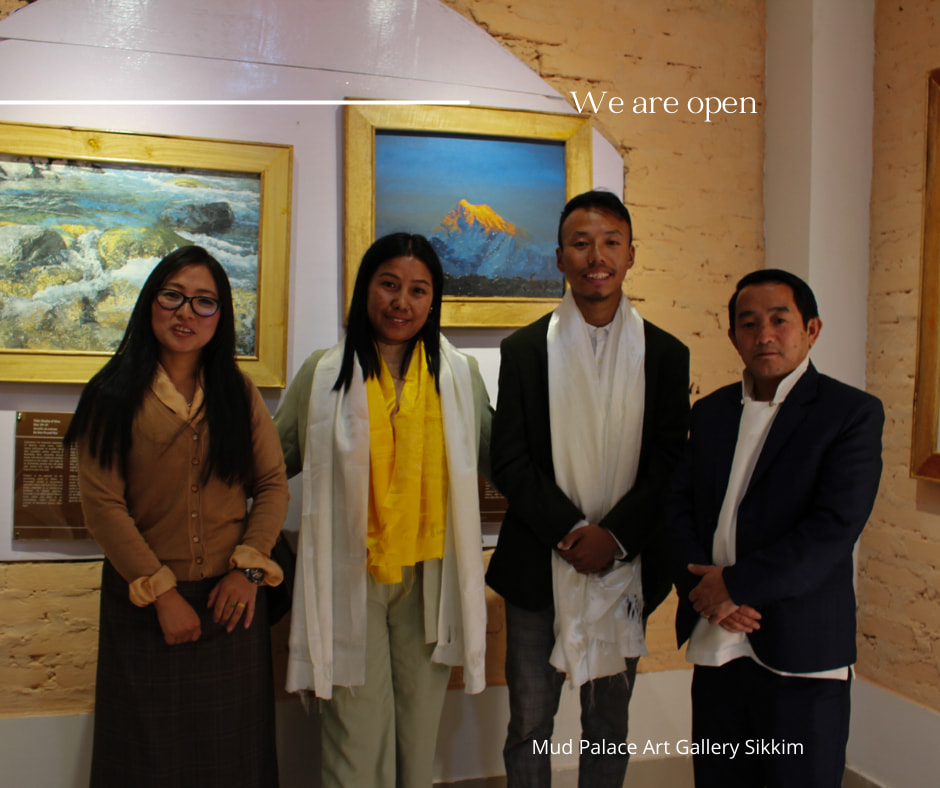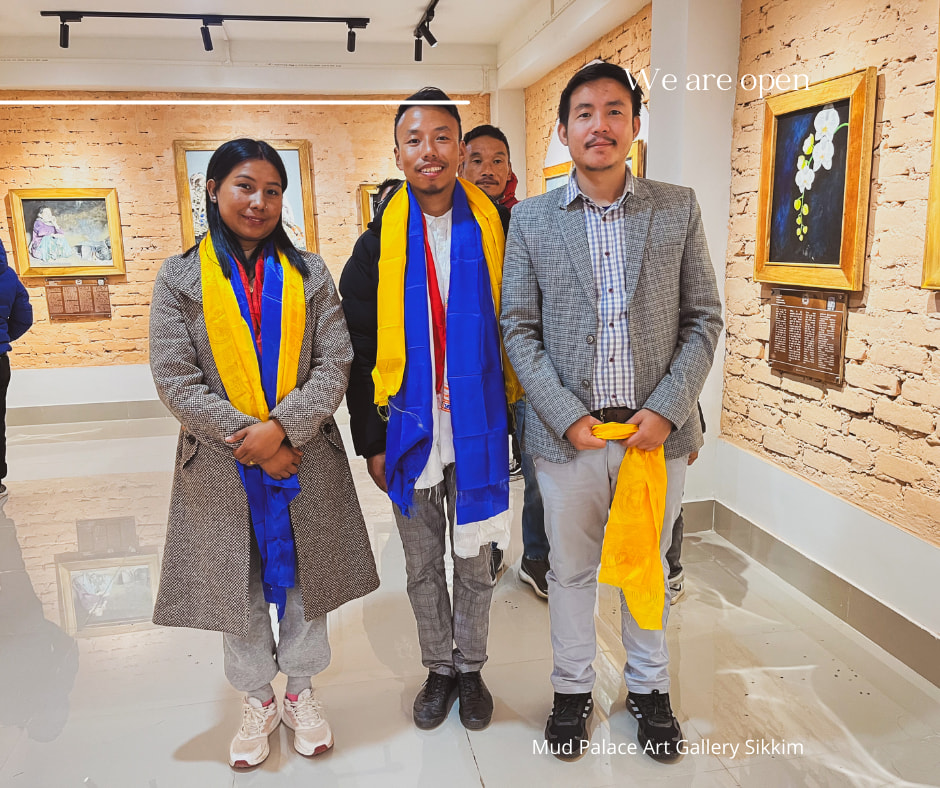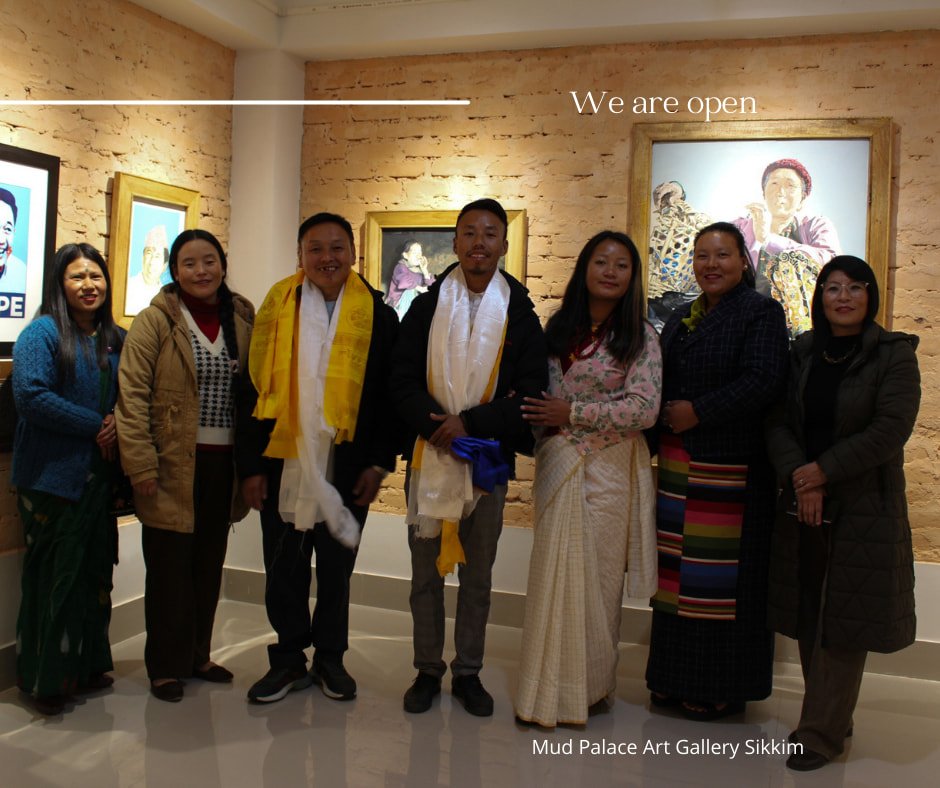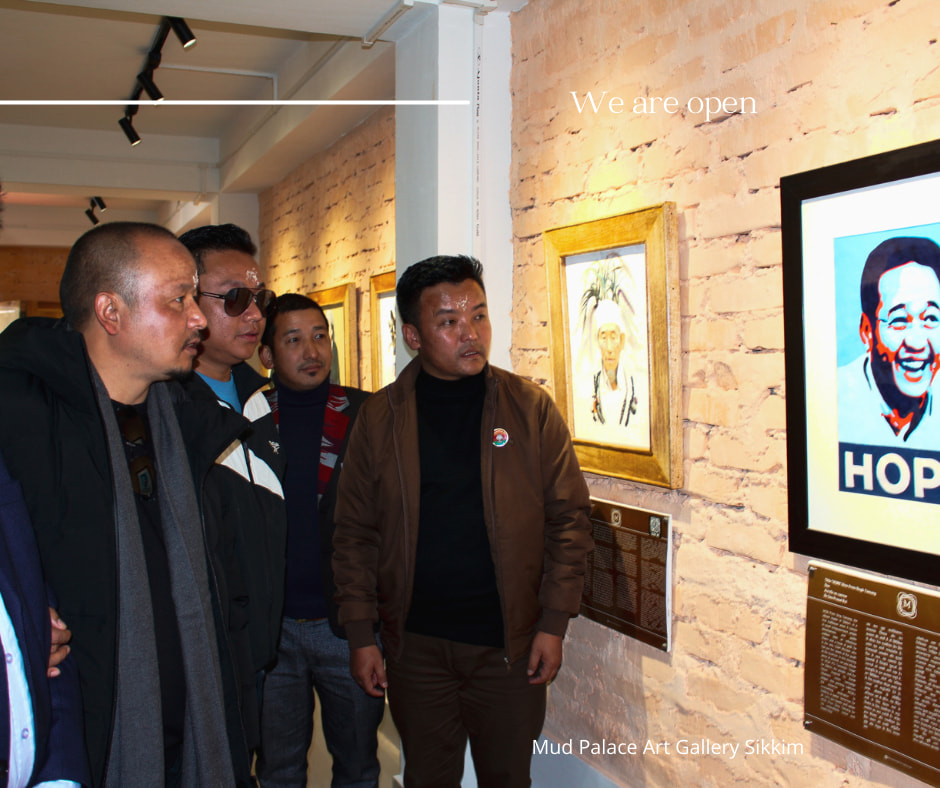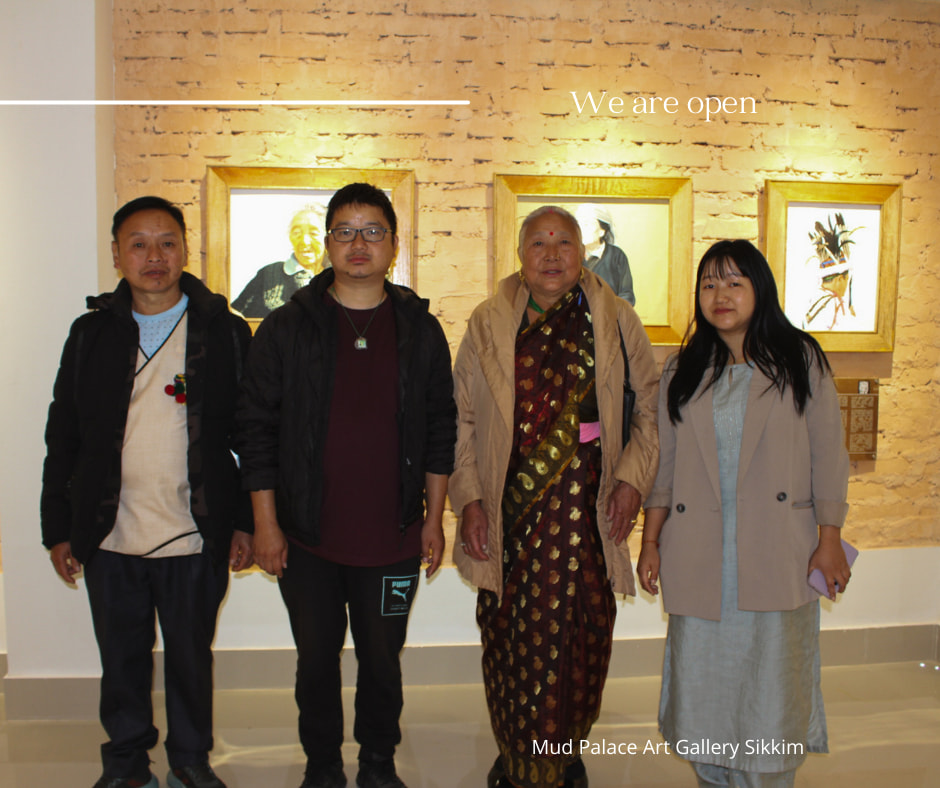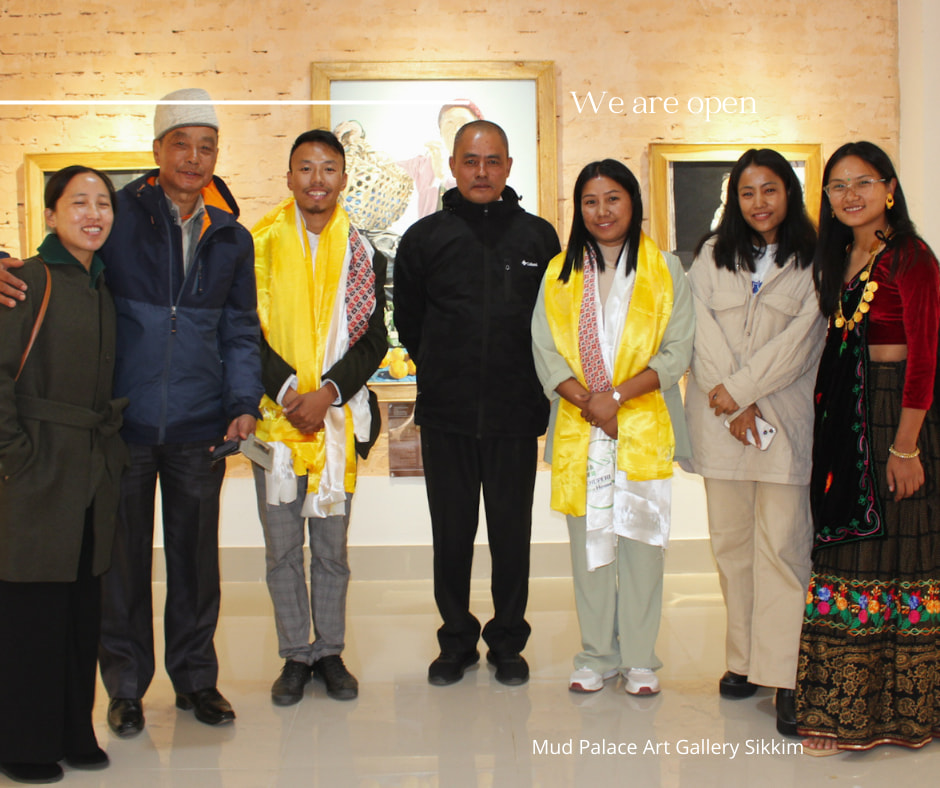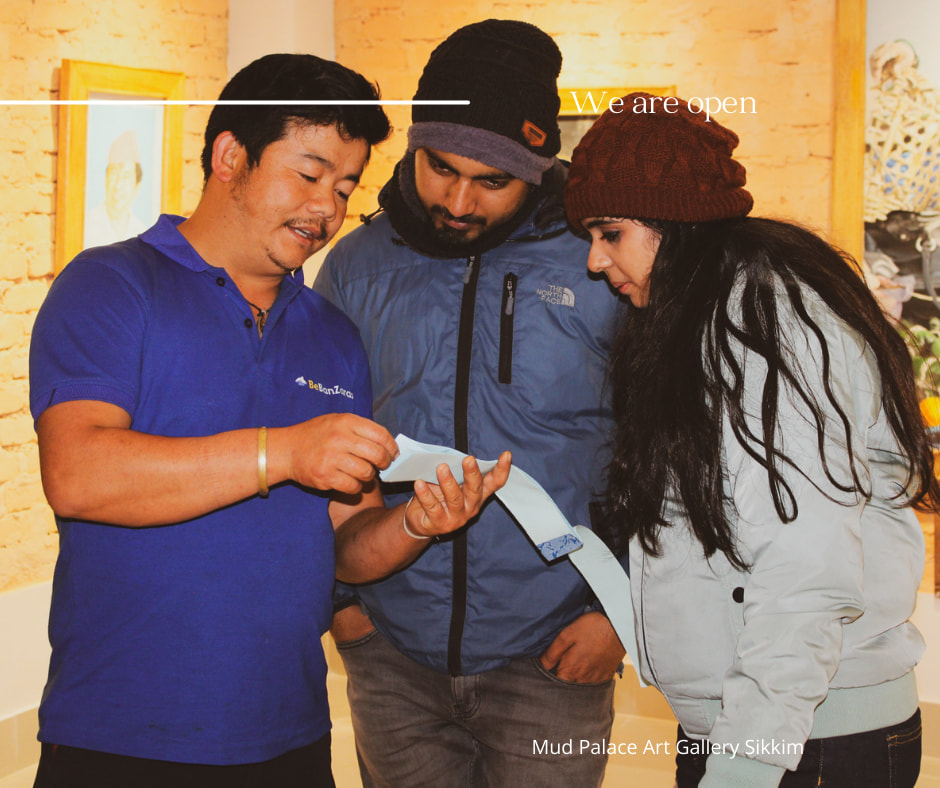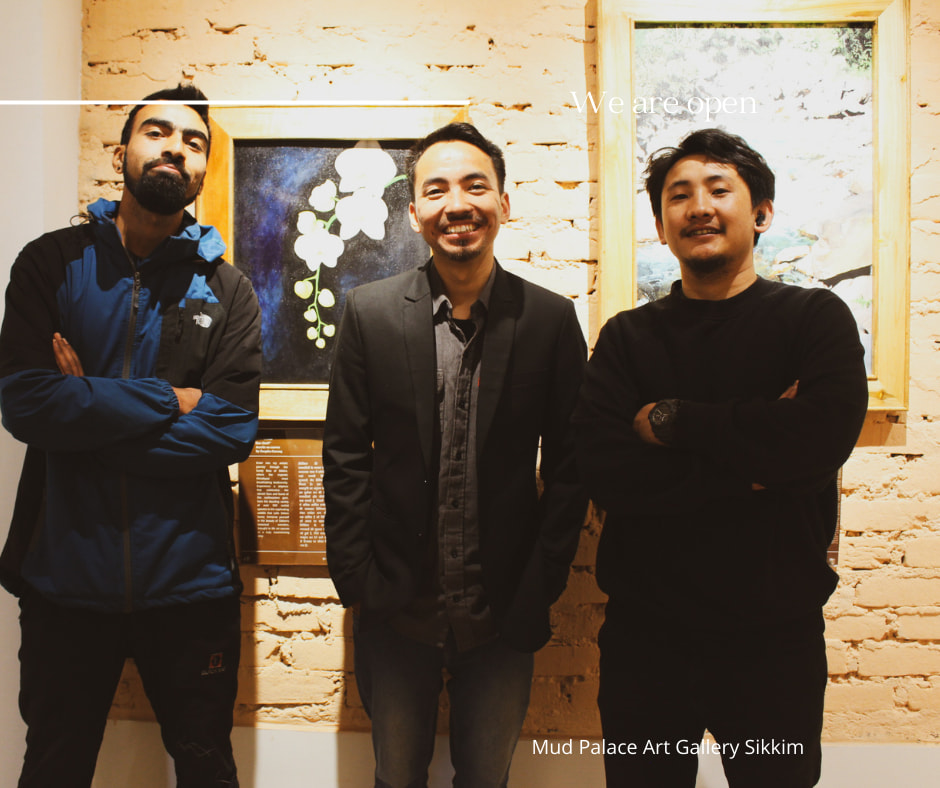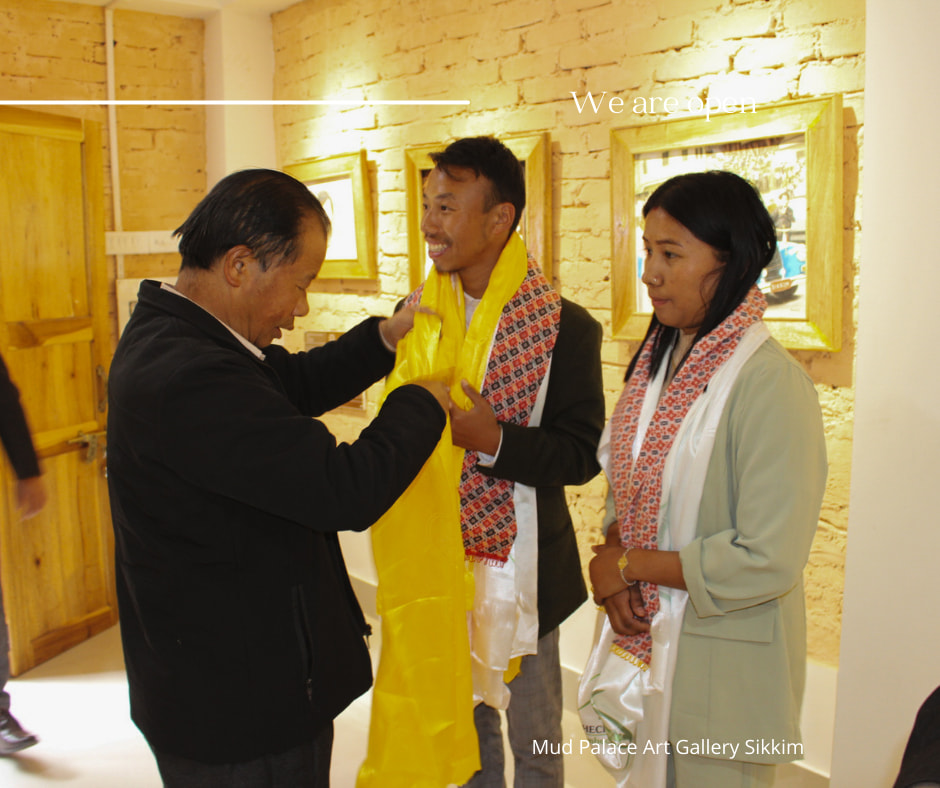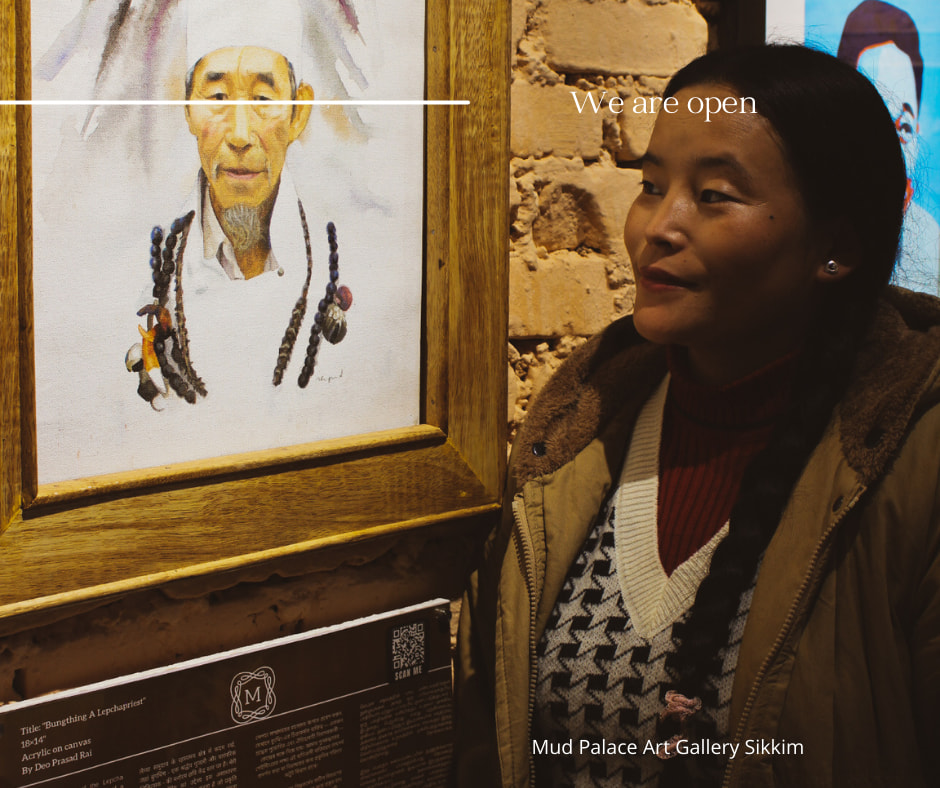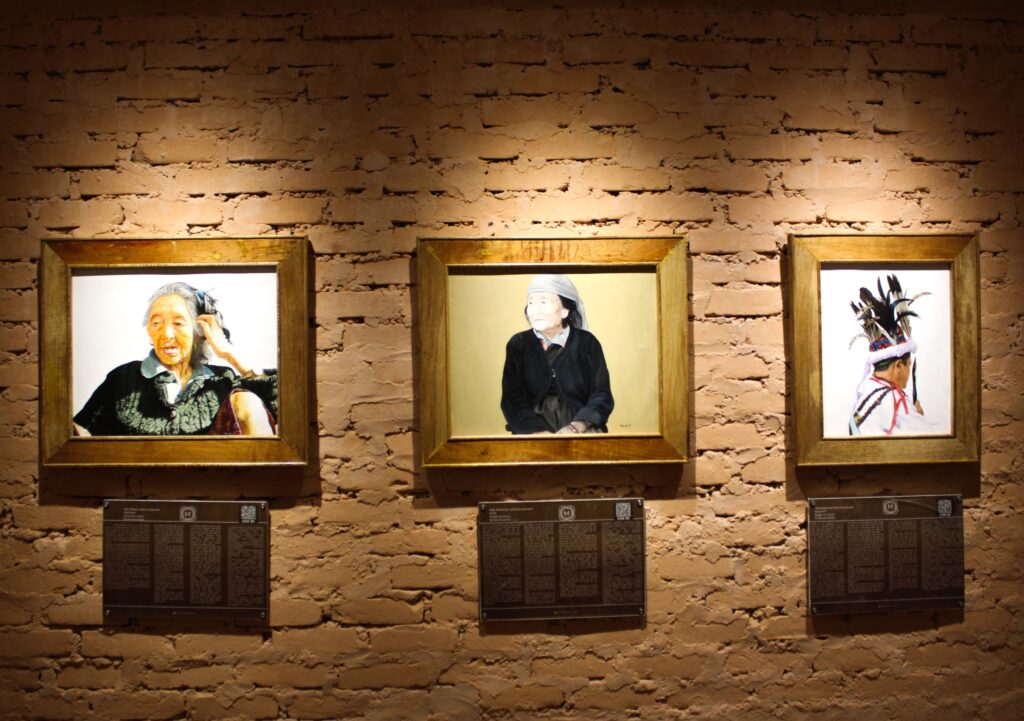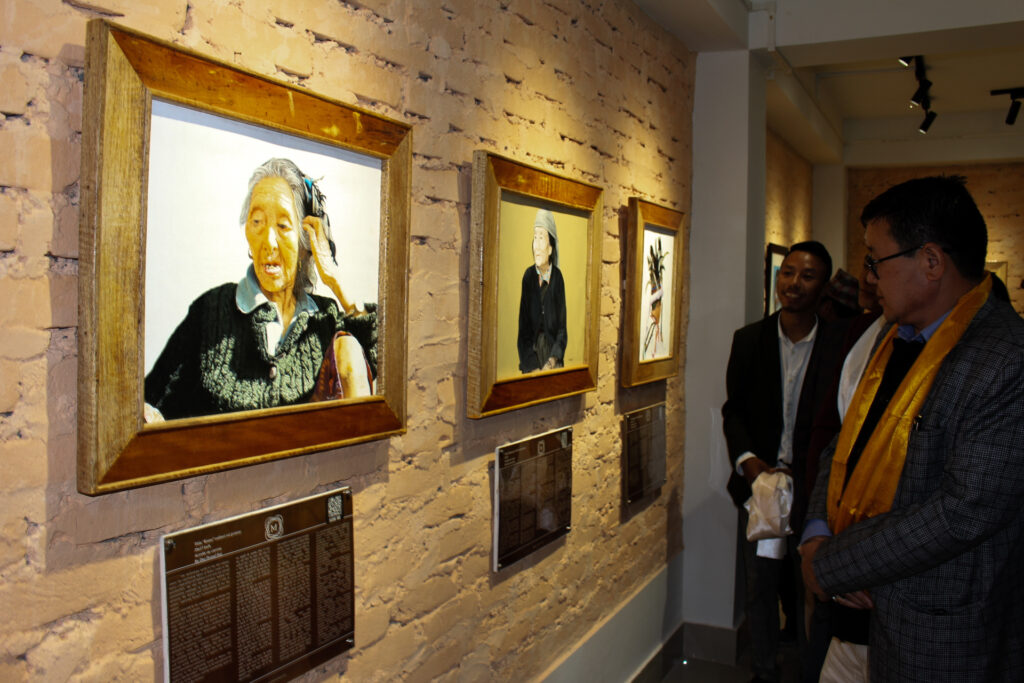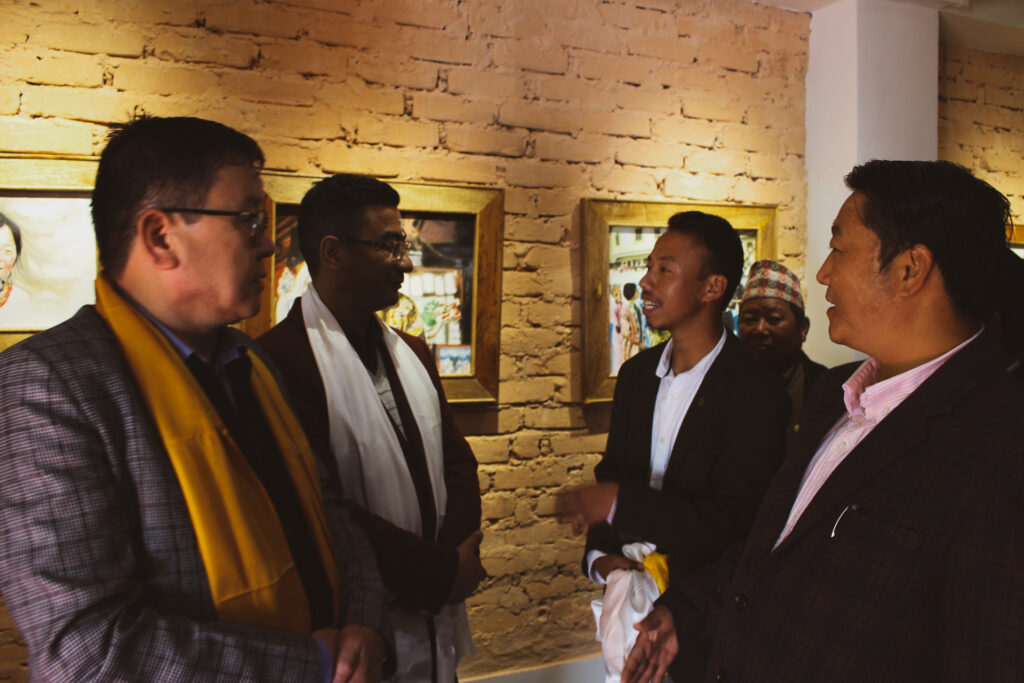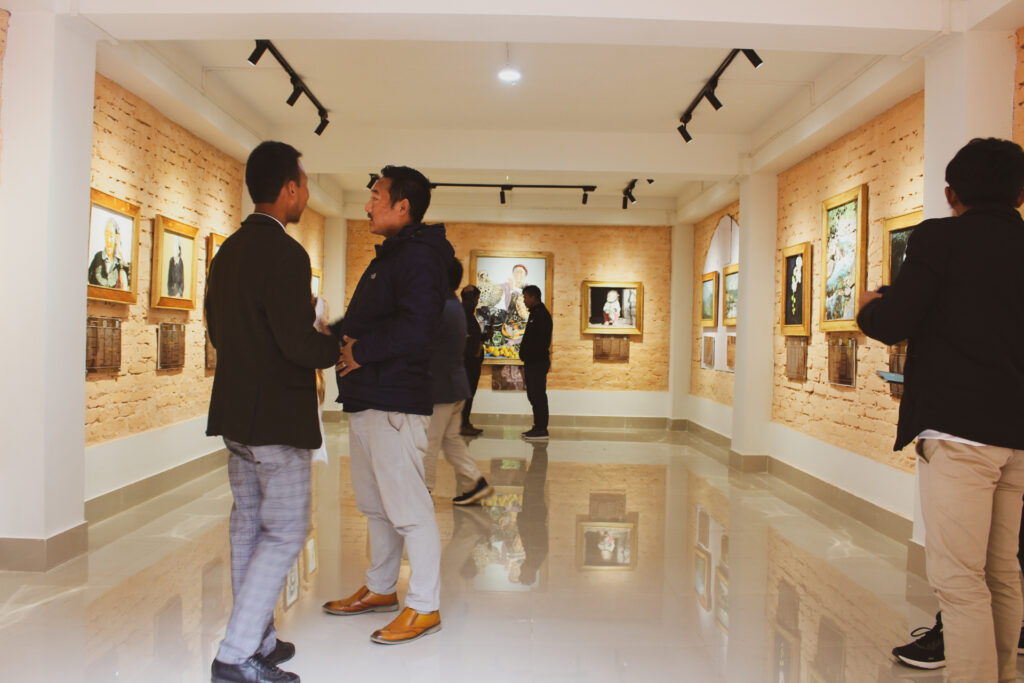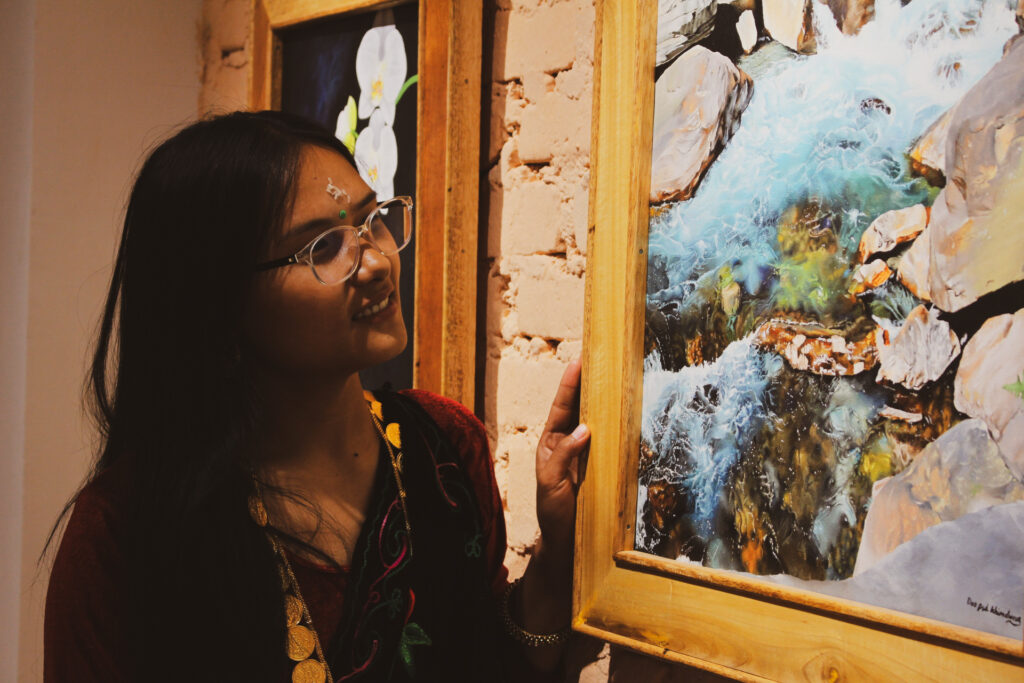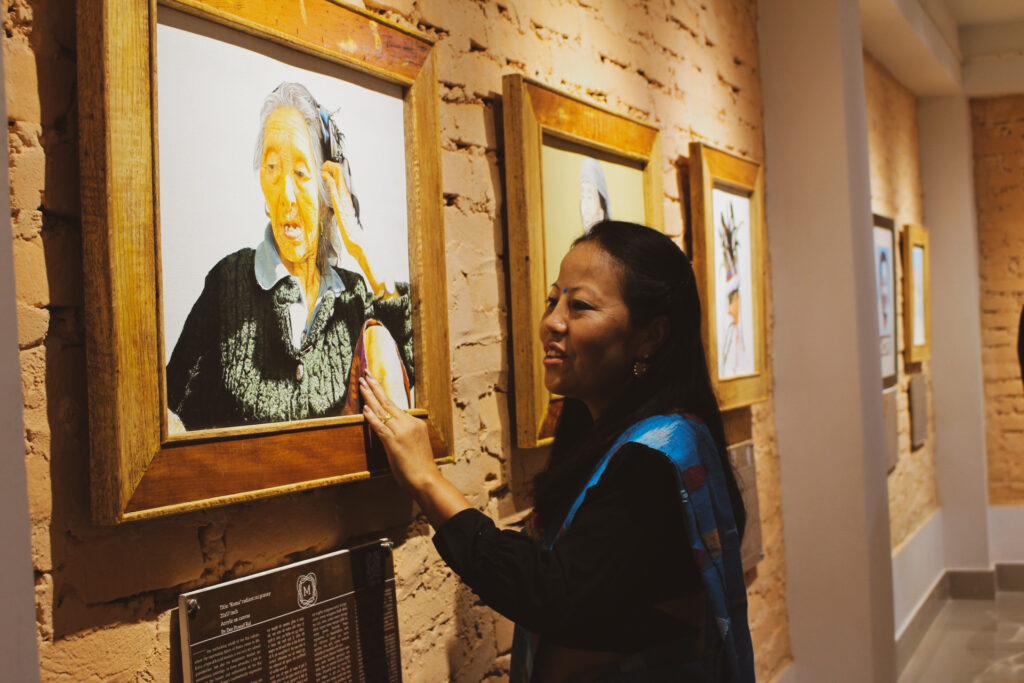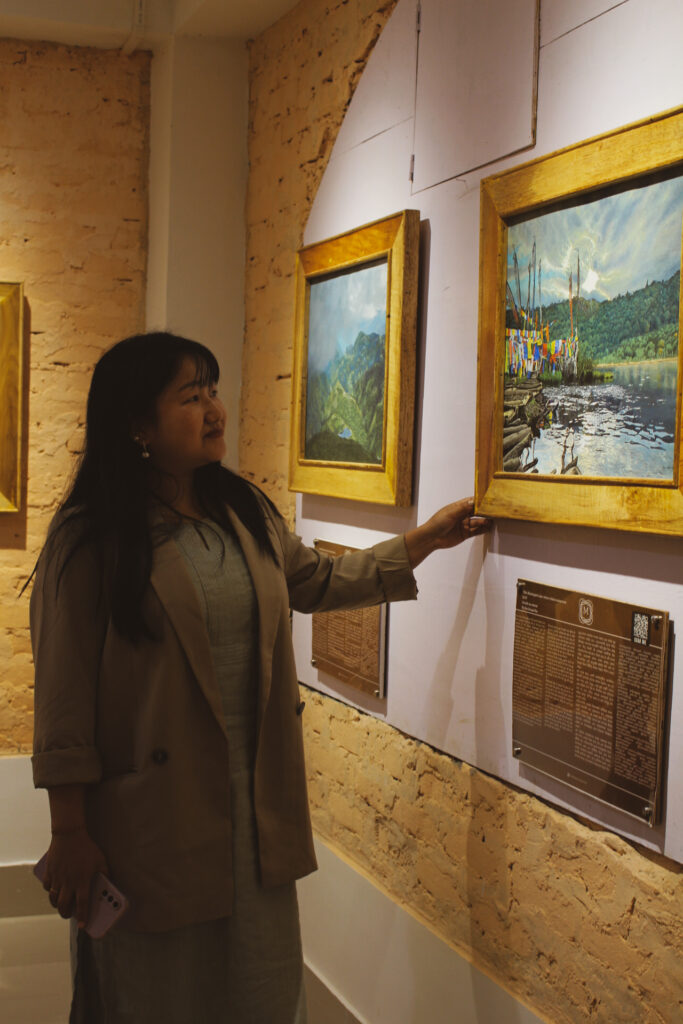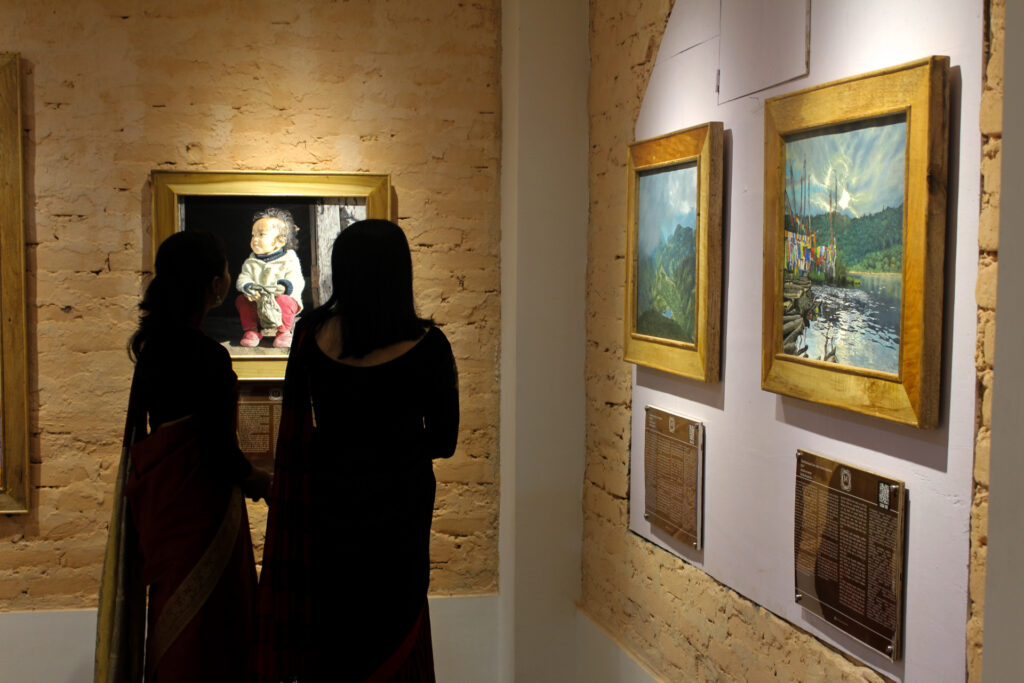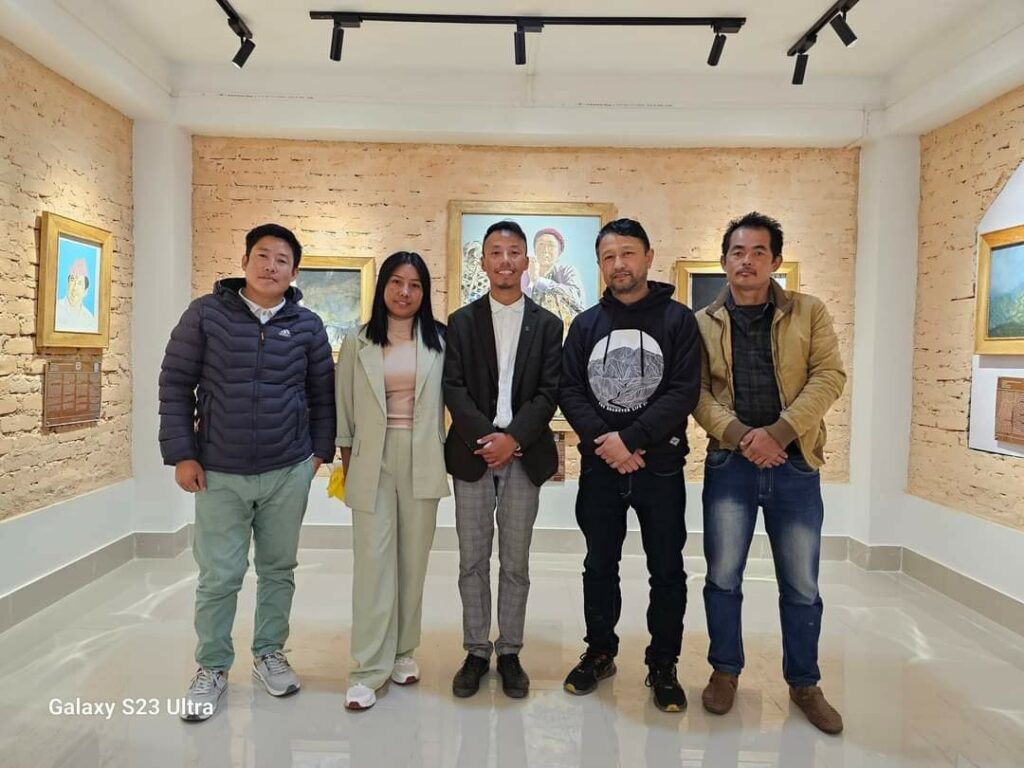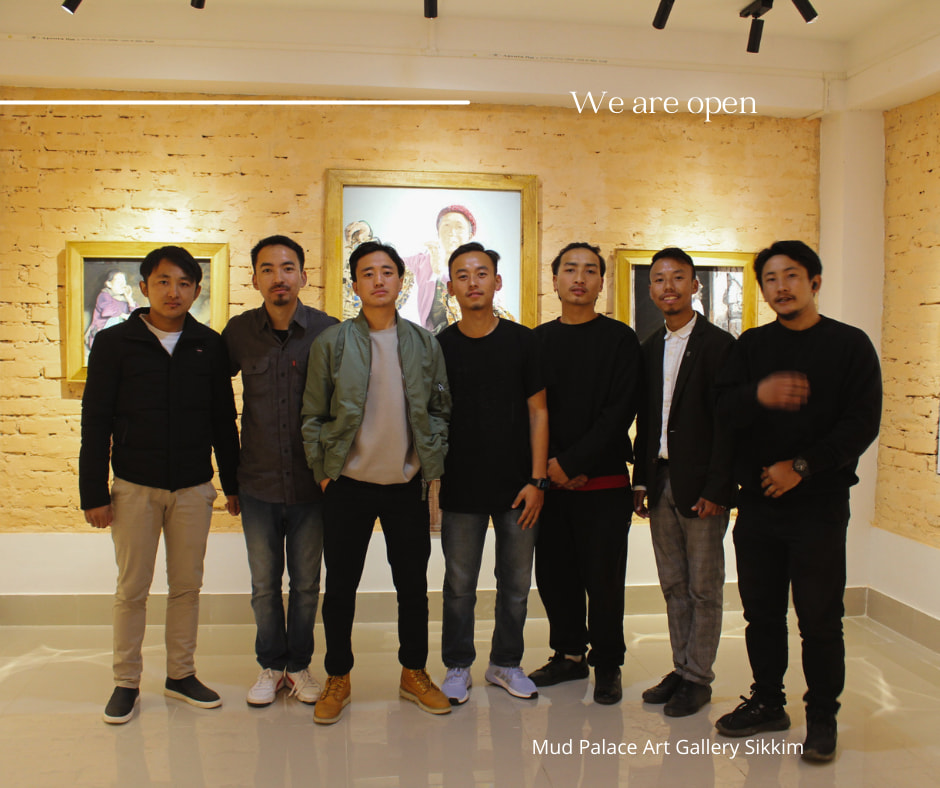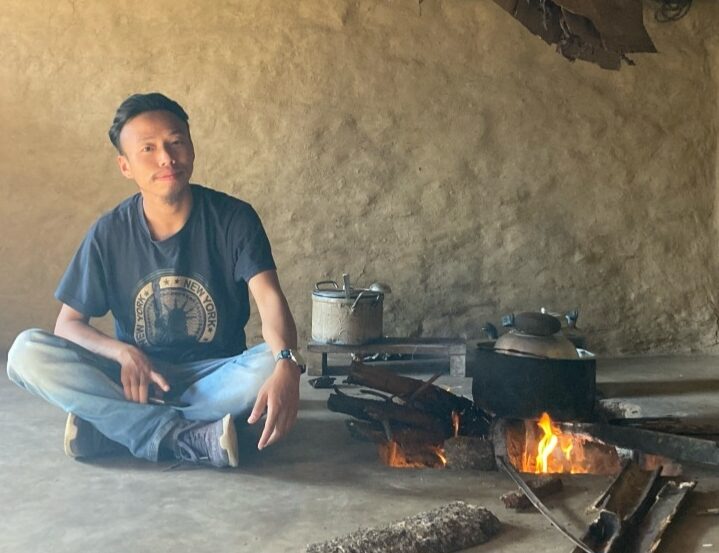Art of Resistance | Myanmar/Thailand
EAS is pleased to provide an update on Burmese artist Sai ▇▇▇’s latest exhibition and evolving body of work drawing attention to the impact of the February 2021 coup in Myanmar. Sai's work has been featured by EAS online and through live exhibitions around the world since 2022. Sai’s multi-media ‘Trails of Absence’ project, in its current iteration, is on view along with photographer
Ta Mwe’s “Symbols of Presence” in a powerful exhibition organized by SEA Junction,
a program of the Foundation for Southeast Asia Studies in Bangkok.
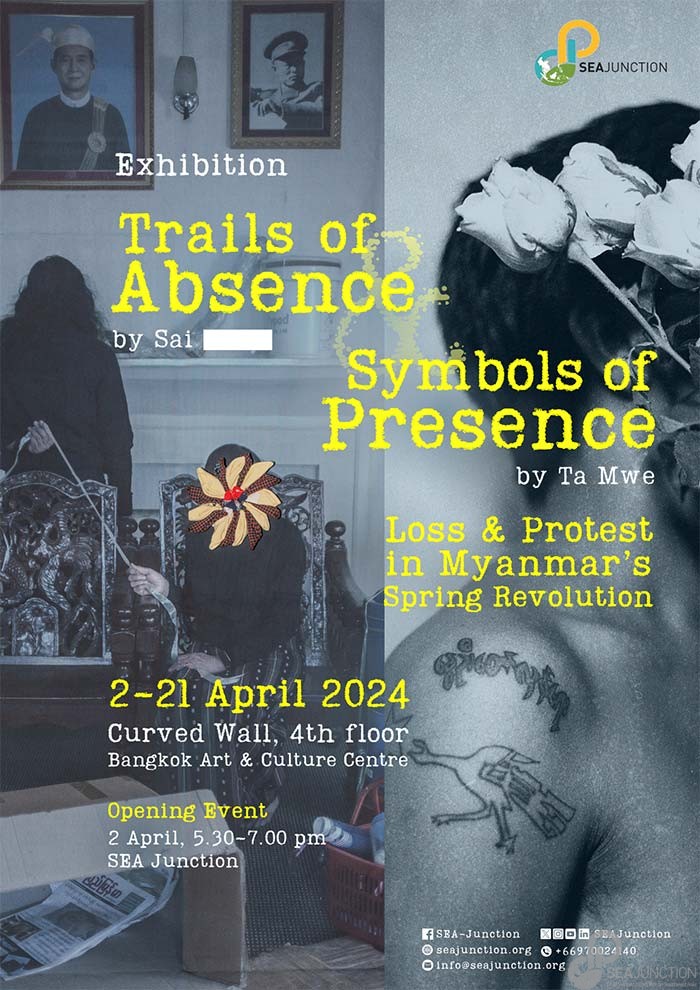
“Trails of Absence & Symbols of Presence: Loss & Protest in
Myanmar’s Spring Revolution”
(Text courtesy of SEA Junction website)
The exhibition consists of two series of artworks by two Myanmar artists: “Trails of Absence” by multi-disciplinary artist Sai (pseudonym) calls attention, with fabric installations, to the fate of political prisoners after the February 2021 coup, while “Symbols of Presence” by photographer Ta Mwe (pseudonym) features portraits of people with tattoos symbolizing the Myanmar’s Spring Revolution.
For over three years, the people of Myanmar have been demanding the restoration of democracy and the release of the imprisoned leaders and all other political prisoners in spite of the military’s use of lethal force. As of March 2024, 4,720 people have been confirmed killed by the junta and a total of 26,246 people have been arrested, with 20,164 currently detained and 166 people have been sentenced to death. 713 children have been arrested and 586 children killed. The number of displaced people in the country and across borders is over 2 million and growing. Amidst the failure of the international community to pay attention and take action, people are not giving up, continuing their support for the opposition National Unity Government (NUG) in exile and counting on their steadfast opposition and the armed resistance by the People Defence Force and the Ethnic Armies gaining ground to eventually win the revolution. Artists have been an integral part of the so-called Spring Revolution, using creative expression as a vehicle to protest the coup and human rights abuses, as well as to inspire resistance.
In particular, in “Trails of Absence”, Sai created 8 pieces of fabric artwork to express the tragic impact of the Myanmar military coup and trauma inflicted on his own family. Sai’s moving, immersive installation series explores the unjust narrative of the relationship between his father, who has been held as a political prisoner by the Burmese junta since the coup, and his mother, who lives under 24-hour surveillance and in constant fear for her safety. Sai himself has been in hiding for more than two years and is being sought by the junta because of his family’s political connection. Supported in part by grants from the VII Foundation and The Frontline Club, in this series of works, the faces are protected by the clothes of political prisoners abducted by the regime, which were sneaked out from the most notorious prisons in Myanmar. These are the trails of absence which he regards as not only reflecting the trace of his family, but also the many political prisoners fighting for democracy, whose whereabouts are kept hidden by the military from the loved ones.
Another work by Ta Mwe, “Symbols of Presence” originally titled as “Flowers of Spring” is a photo documentary series portraying young individuals participating in Myanmar’s Spring Revolution, amidst a backdrop of the military’s crackdown on protests and suppression of free speech. These youths defiantly express their commitment to freedom and democracy through body art, despite facing consequences such as having their tattoos burned and imprisonment by the military. For their safety, the photographer concealed their identities using flowers and bouquets, which also serve as a metaphor for these youths being akin to the blossoms of spring, symbolizing growth, resilience, and hope.
Click here to see the Opening Reception Panel Discussion on Facebook
[Please note that the panel discussion with sound begins at 9:51 mark in the video]
ABOUT THE ARTISTS
Sai ▇▇▇ is a multidisciplinary artist from Myanmar. As a tribute to his imprisoned father, he started to produce his artworks reflecting the traumatic and painful experiences from the late coup in Myanmar. His works have been on displayed across the world from Canada, France, The Netherlands, Italy, UK, and Thailand. All made during his period of exile while he was being hunted by the Myanmar army. Due to this the name Sai is an alias and this bio has been heavily redacted to remove any identifying information.
Ta Mwe is a Burmese photojournalist and documentary photographer with experience covering a wide range of political and social stories and events throughout Myanmar. After many years working for national and international publications and organizations as a photographer, videographer, and video editor, Ta Mwe’s recent work has focused on analog stills photography, covering first the COVID-19 crisis and then the country’s anti-coup protests on medium-format black and white film stock. Ta Mwe’s work can be seen in the stories Uprising and Myanmar’s COVID Crisis. Due to the political situation in Myanmar, the name Ta Mwe is an alias.
ABOUT THE CURATOR AND ORGANIZER
SEA Junction, established under the Thai non-profit organization Foundation for Southeast Asia Studies (ForSEA), aims to foster understanding and appreciation of Southeast Asia in all its socio-cultural dimensions, from arts and lifestyles to economy and development. Conveniently located at Room 407-8 of the Bangkok Arts and Culture Center or BACC (across MBK, BTS National Stadium), SEA Junction facilitates public access to knowledge resources and exchanges among students, practitioners and Southeast Asia lovers.
